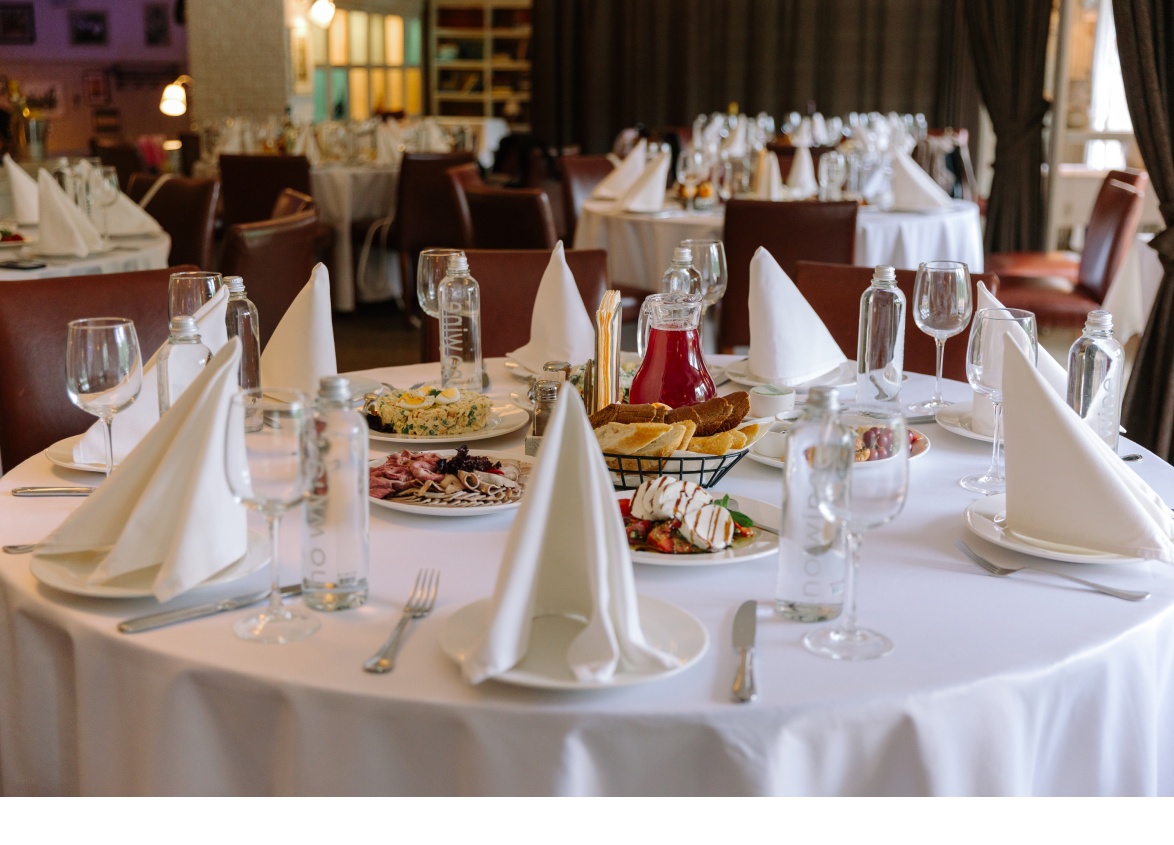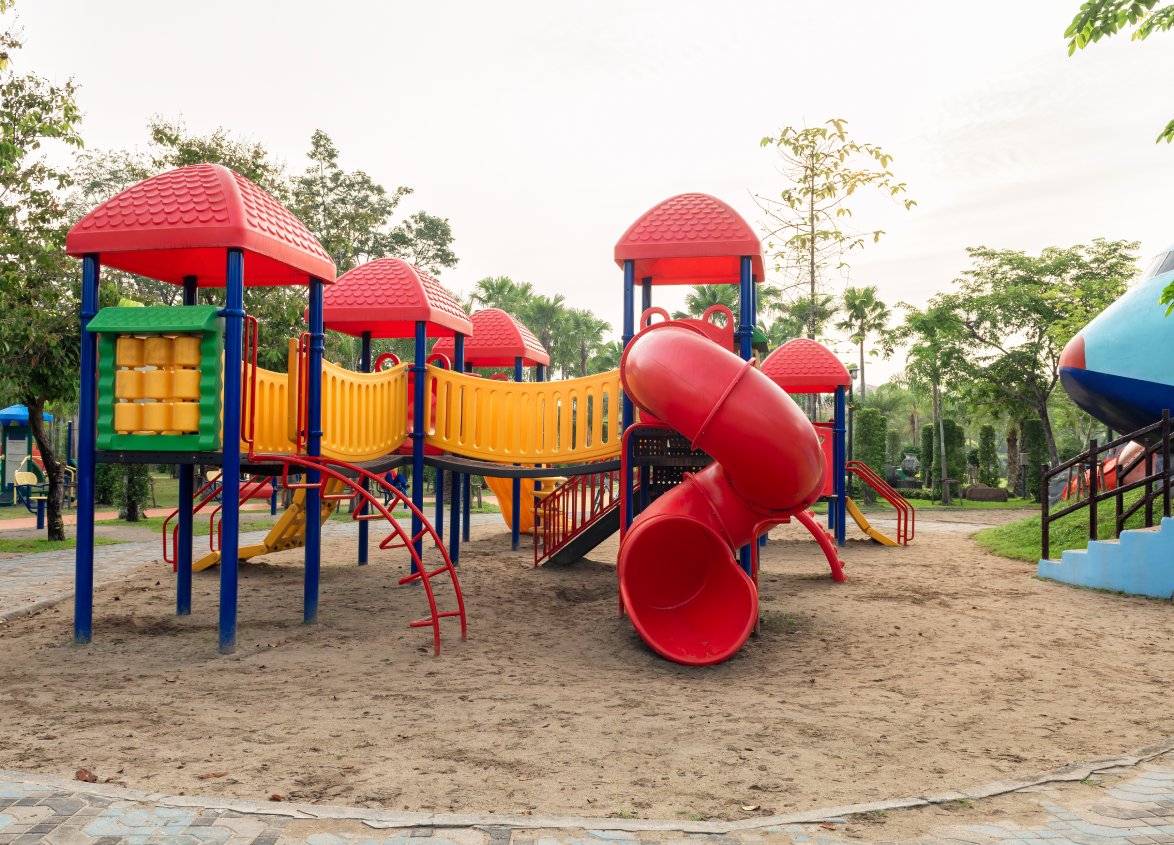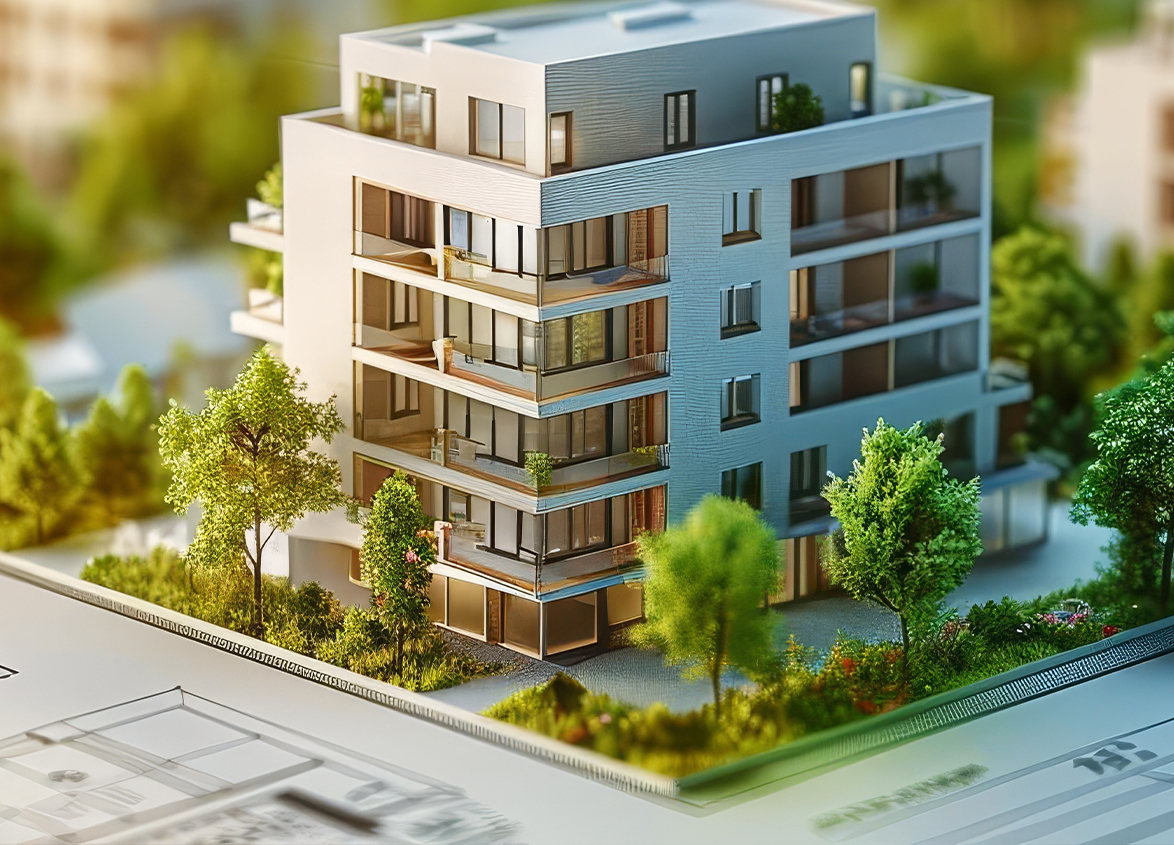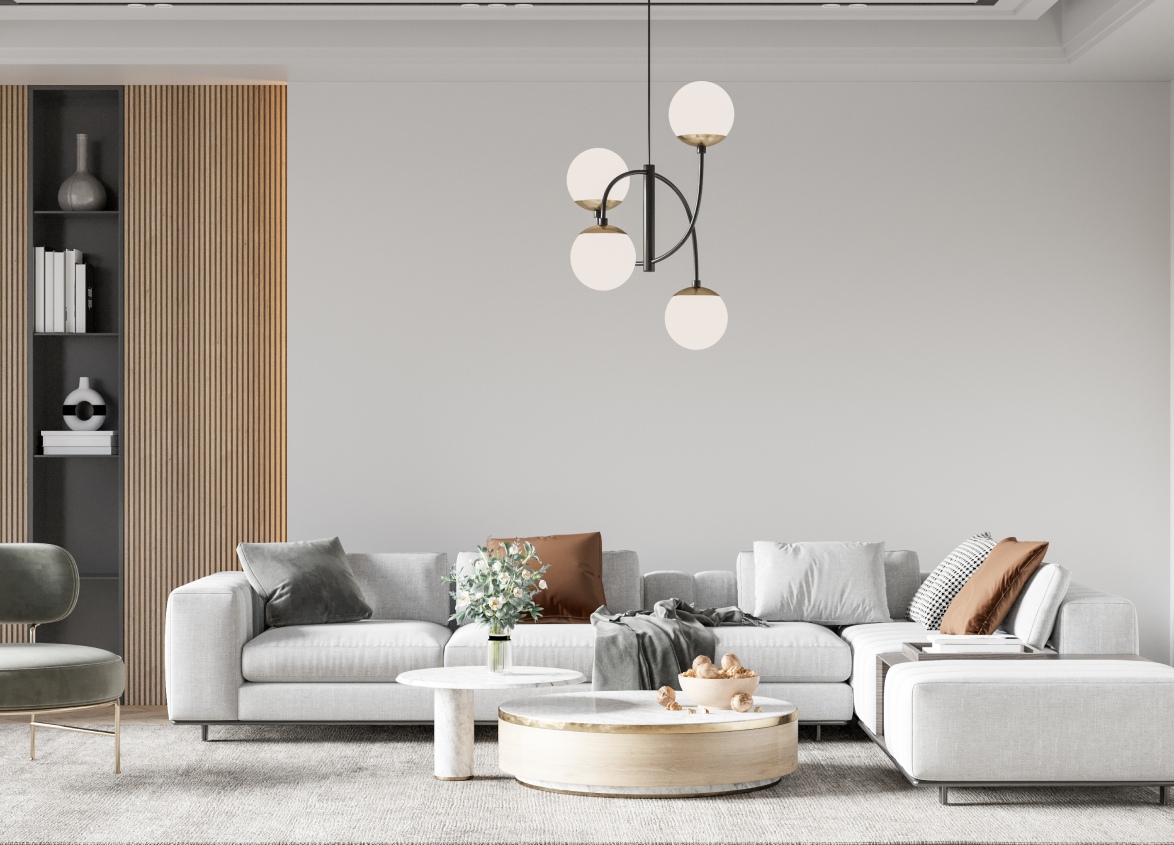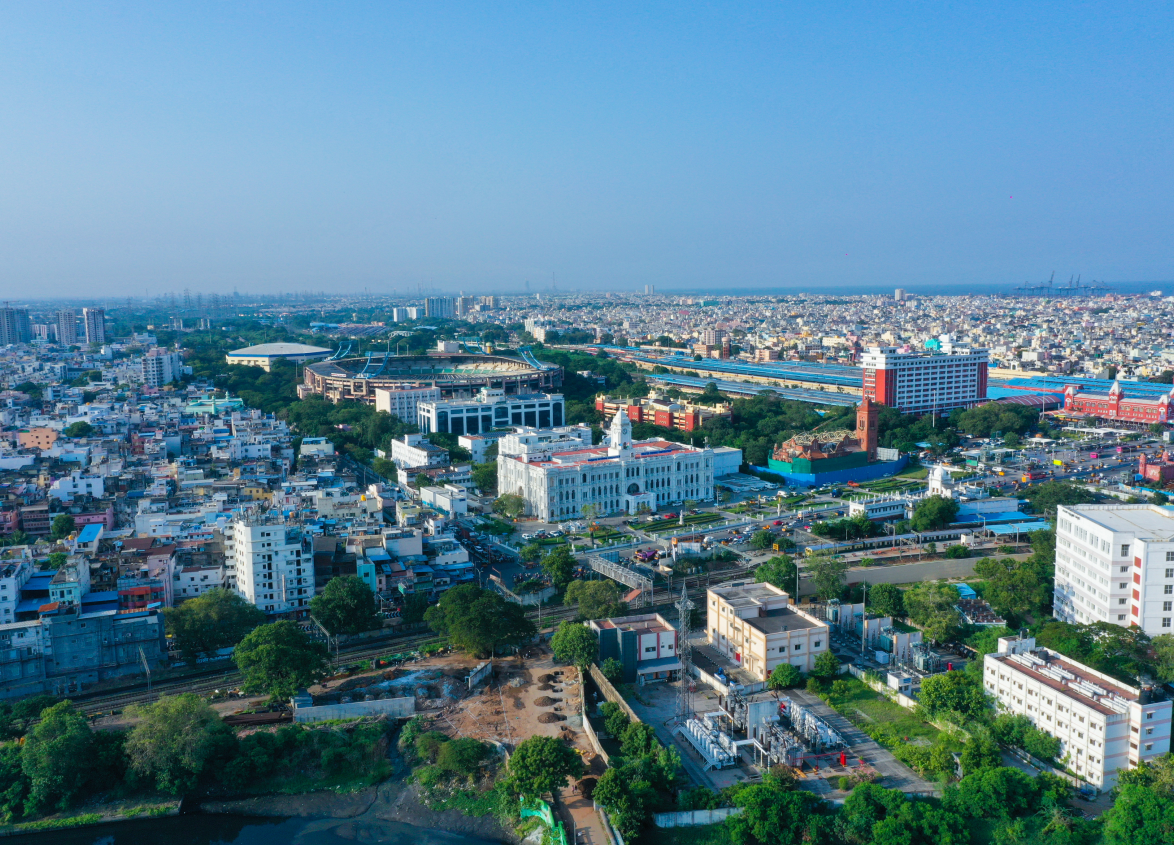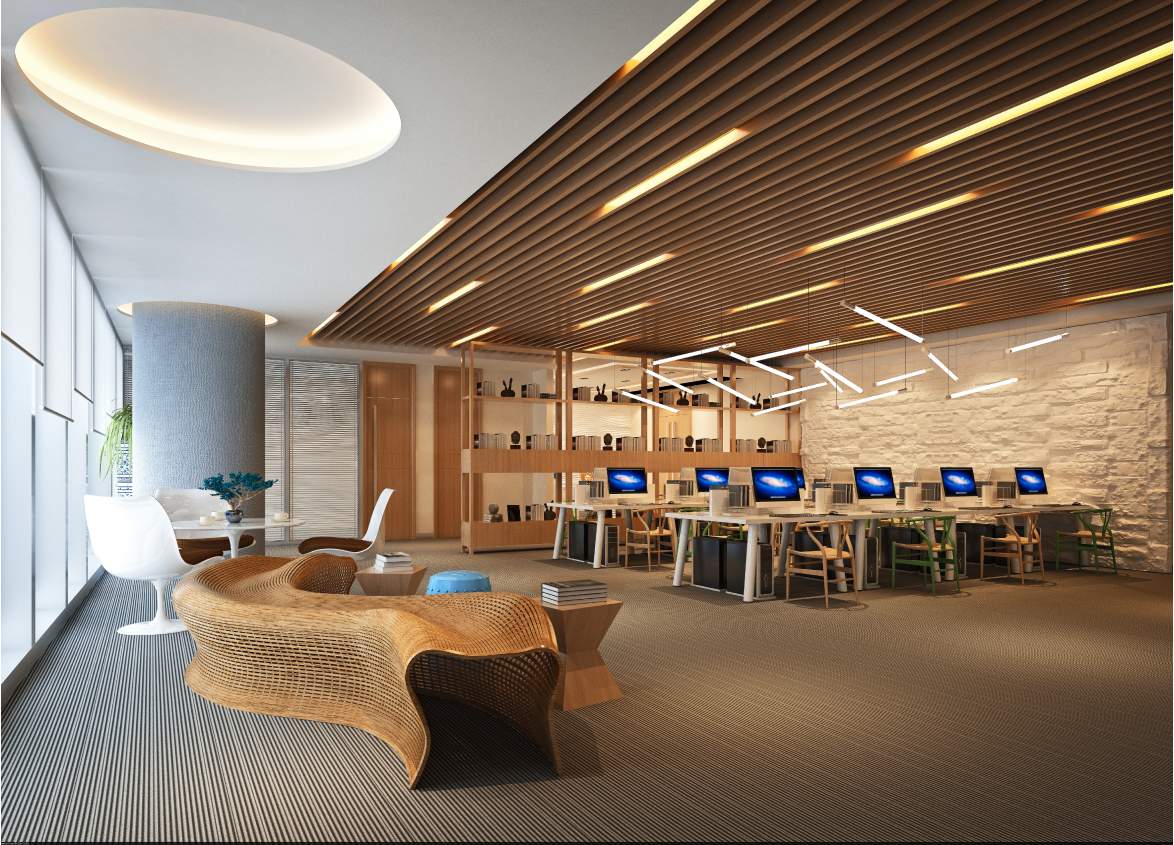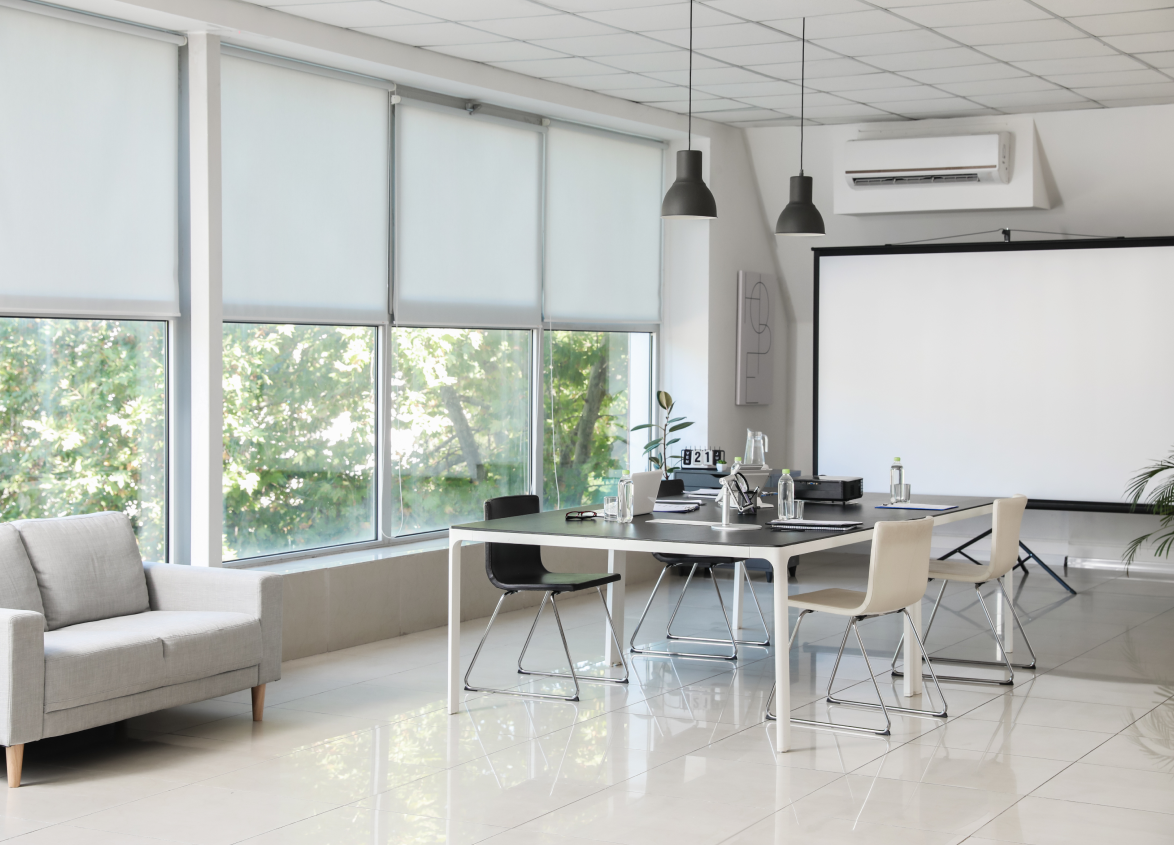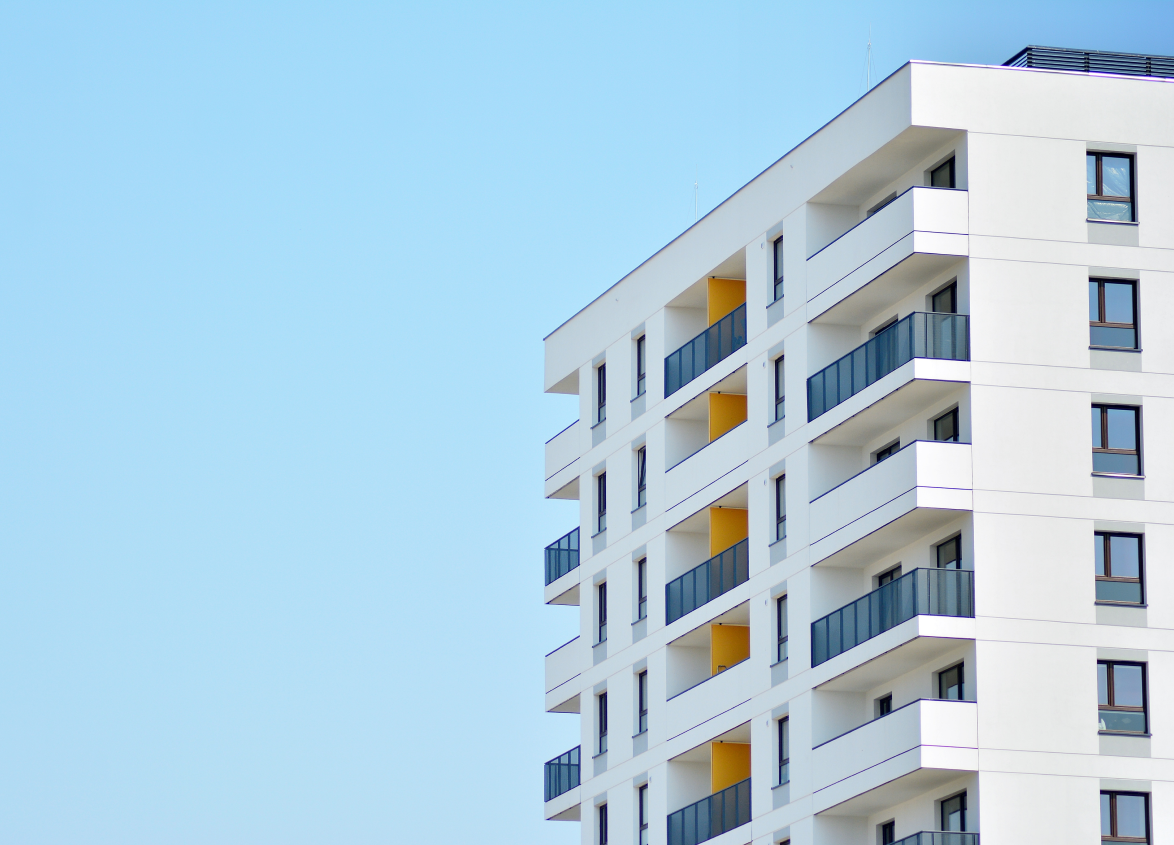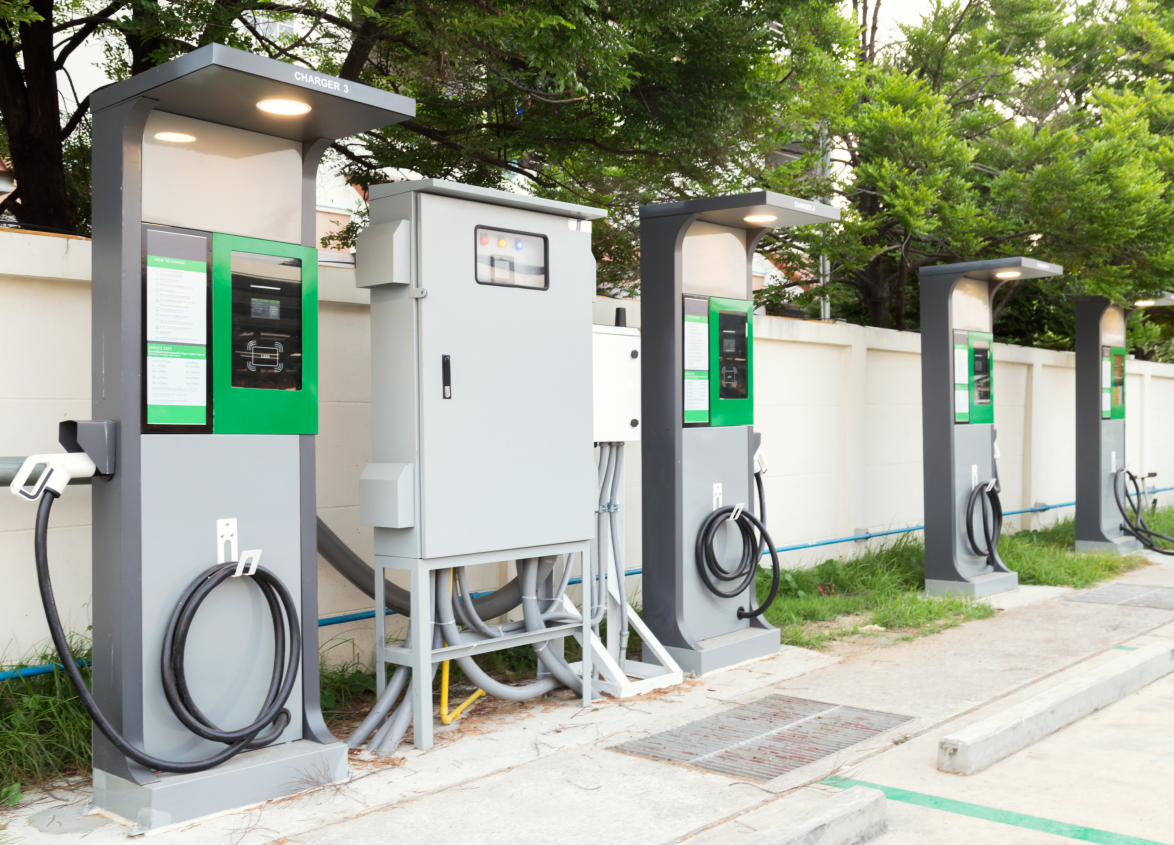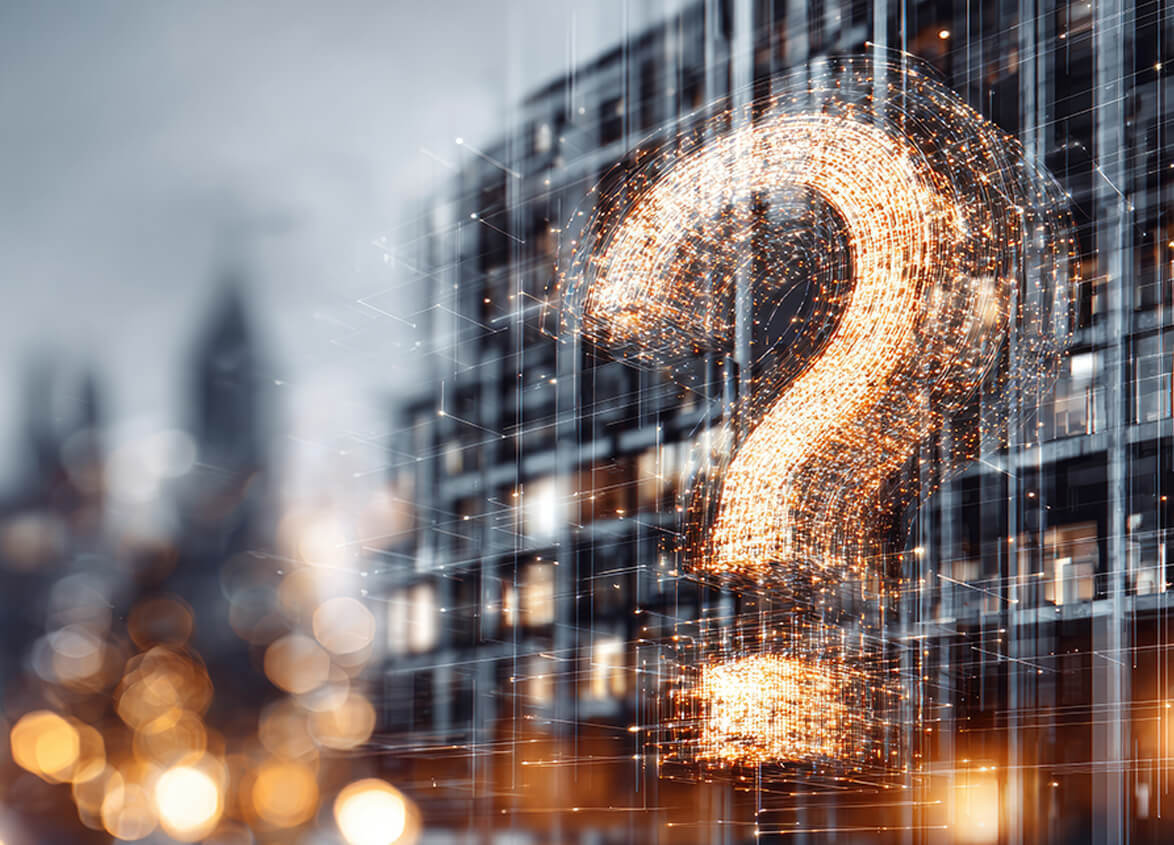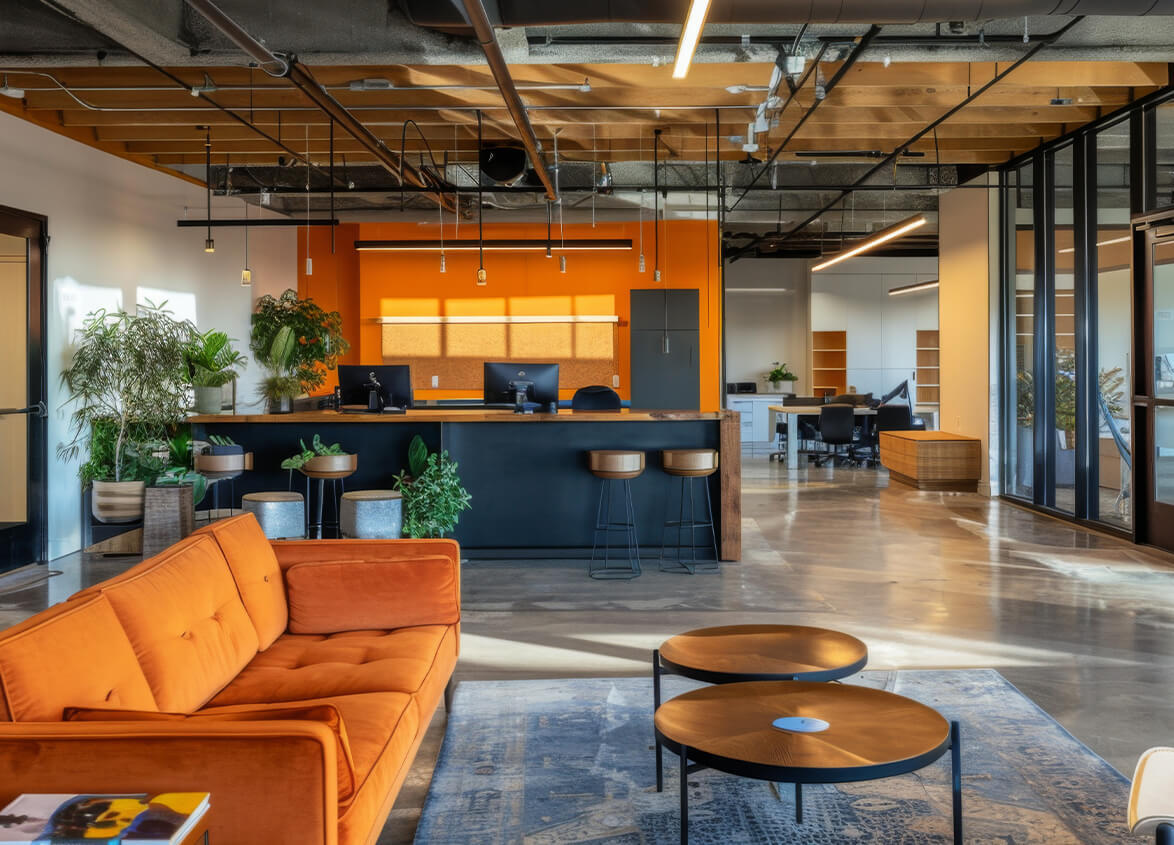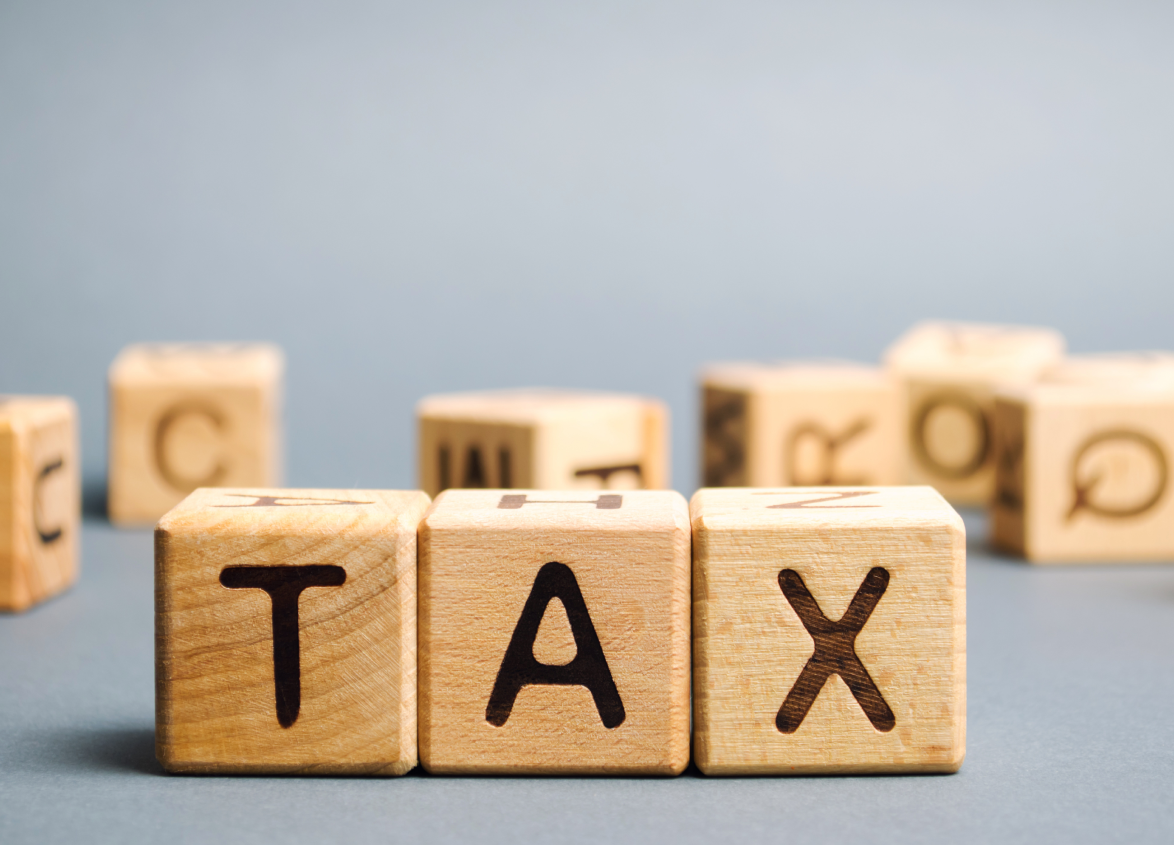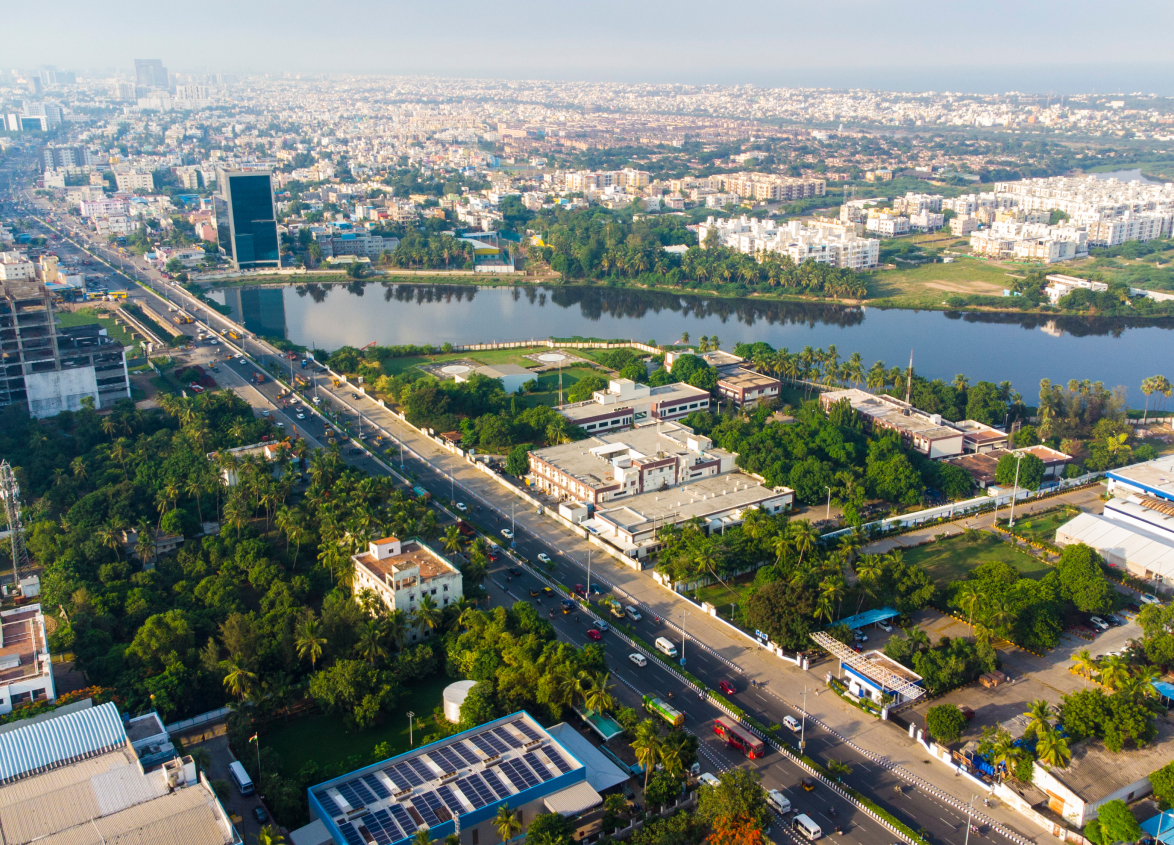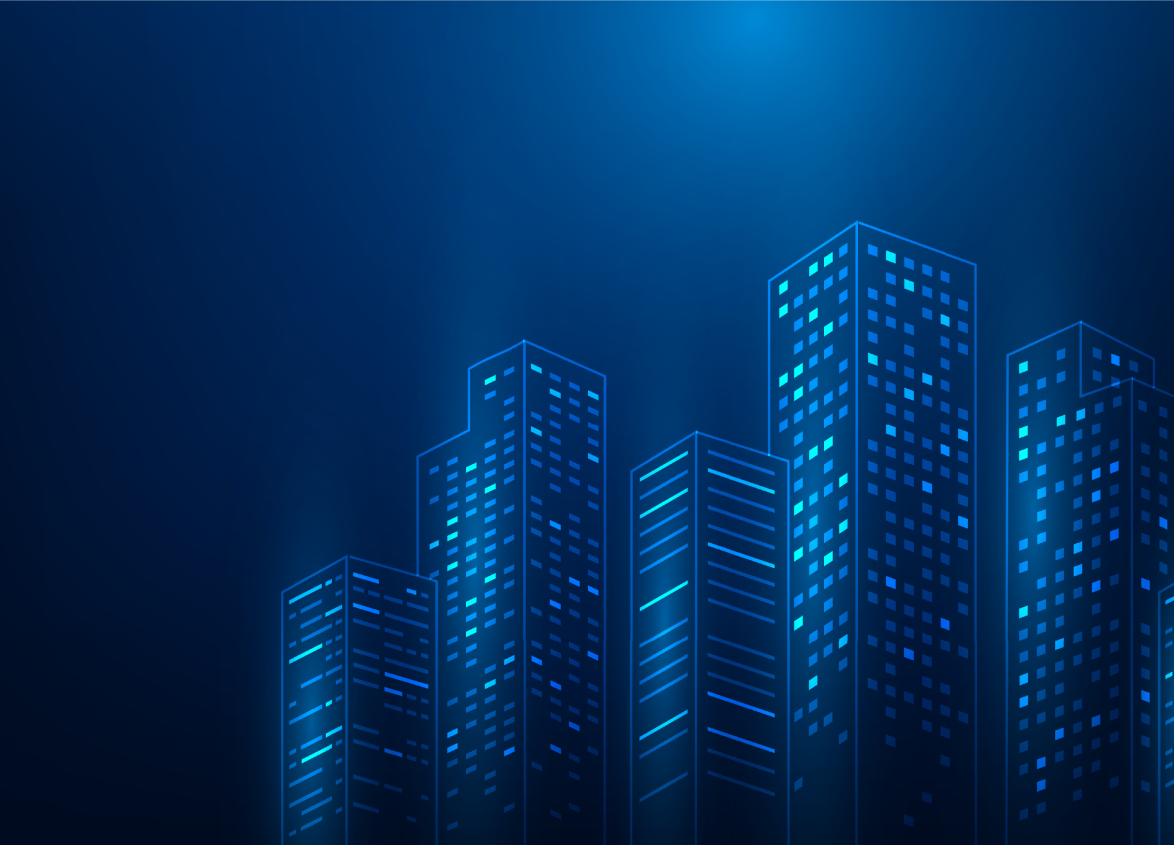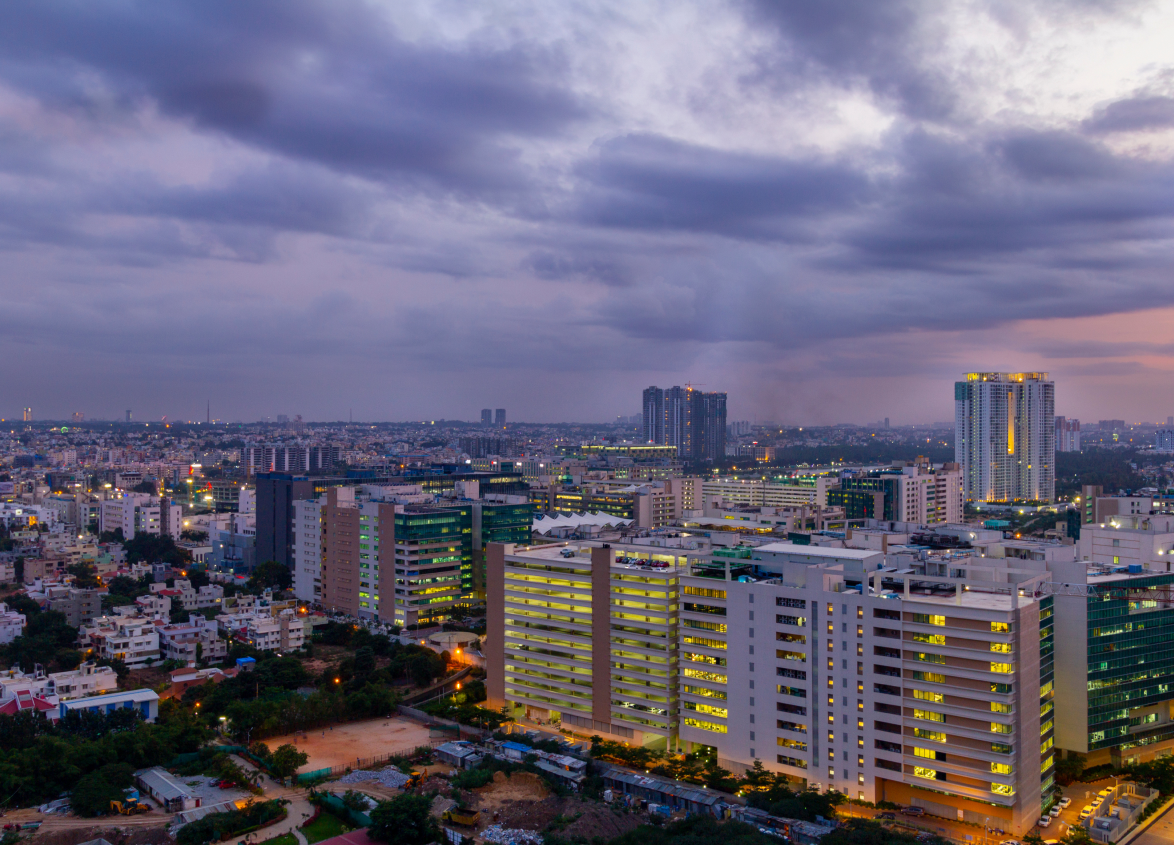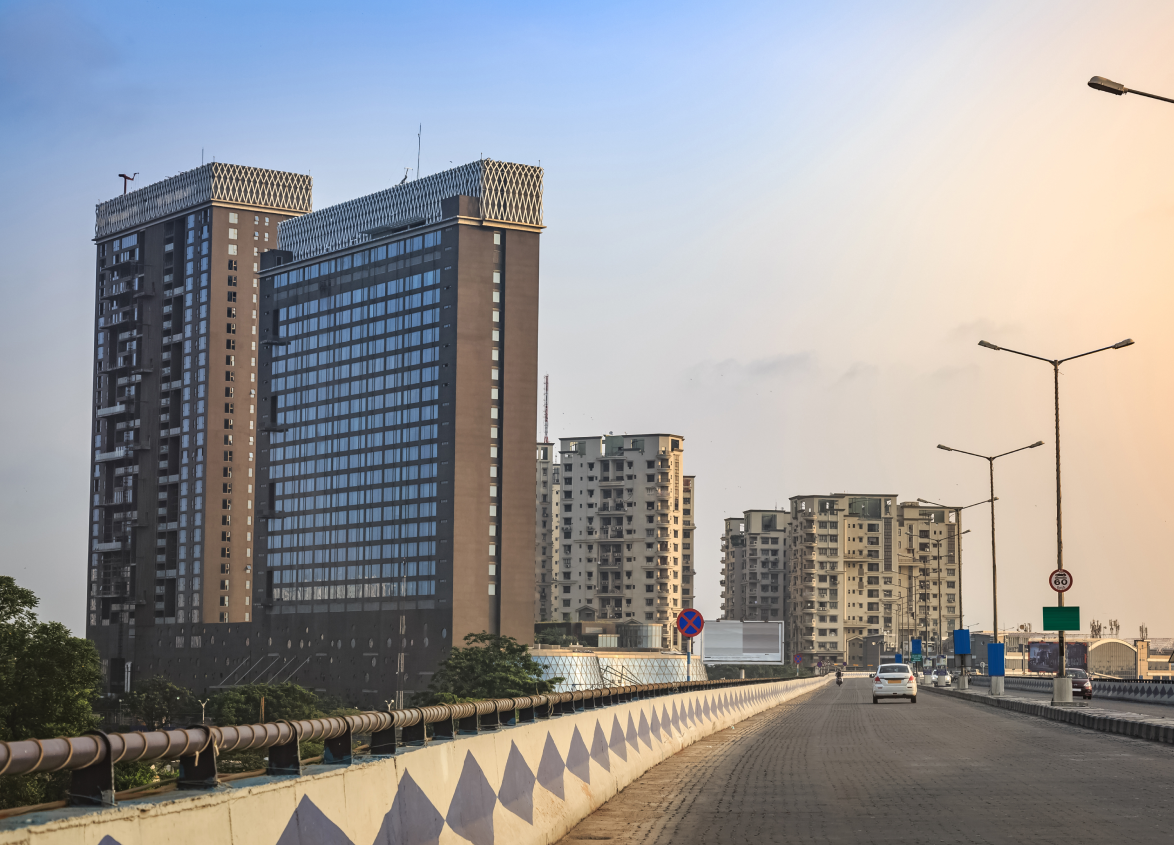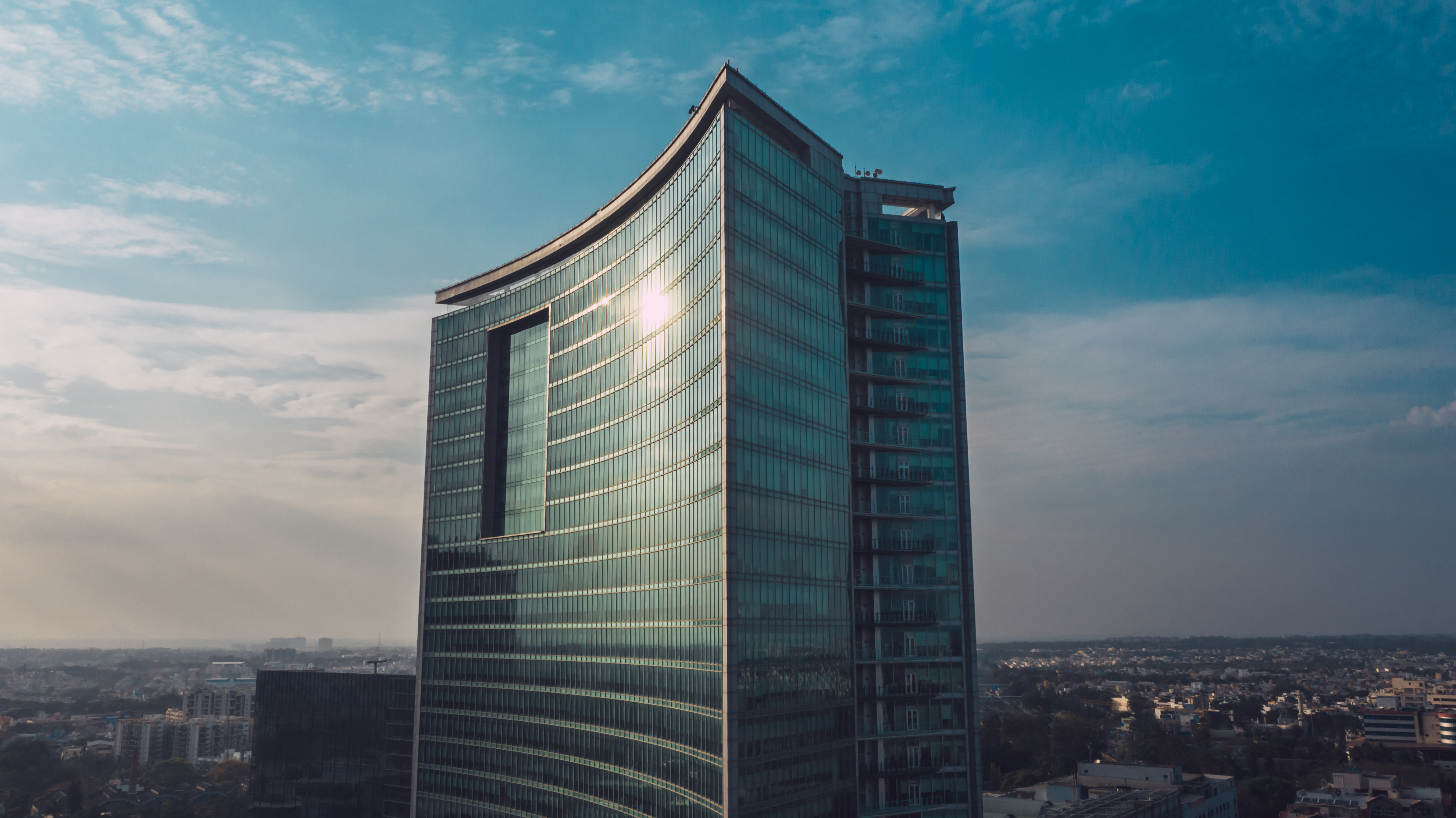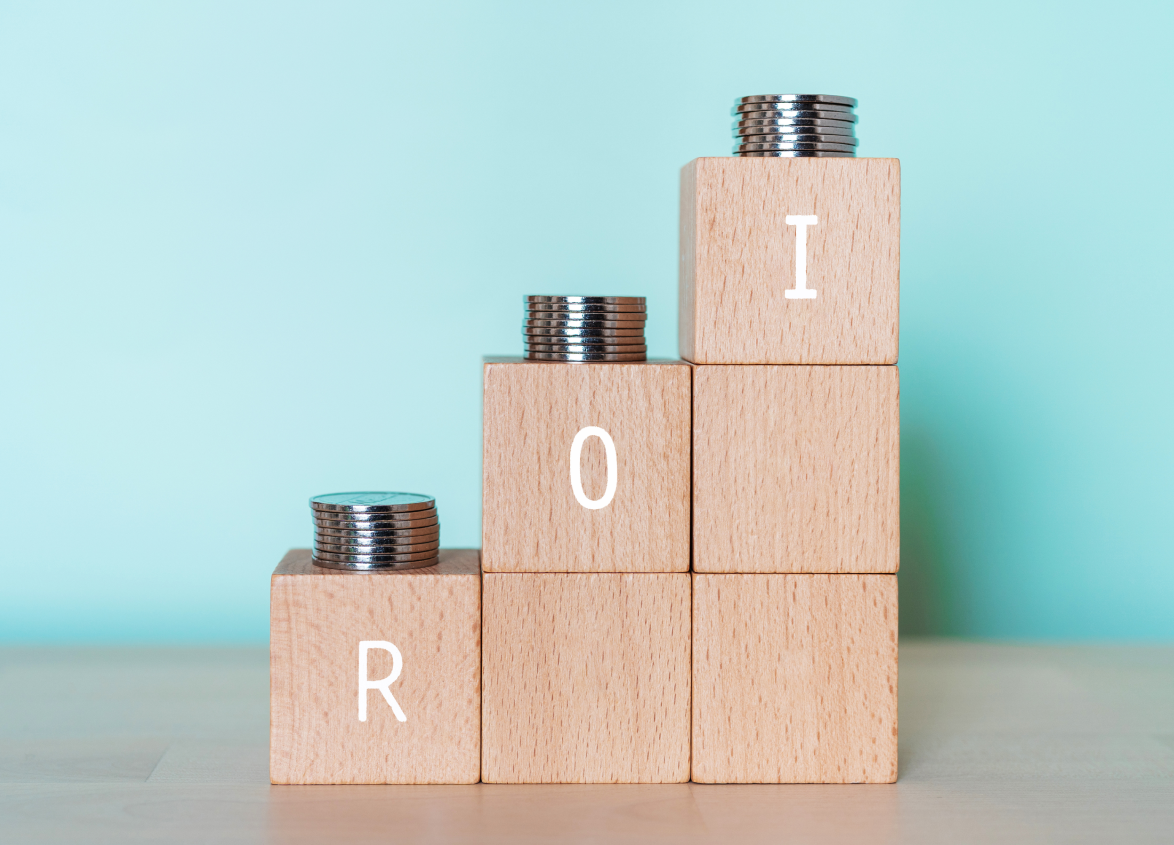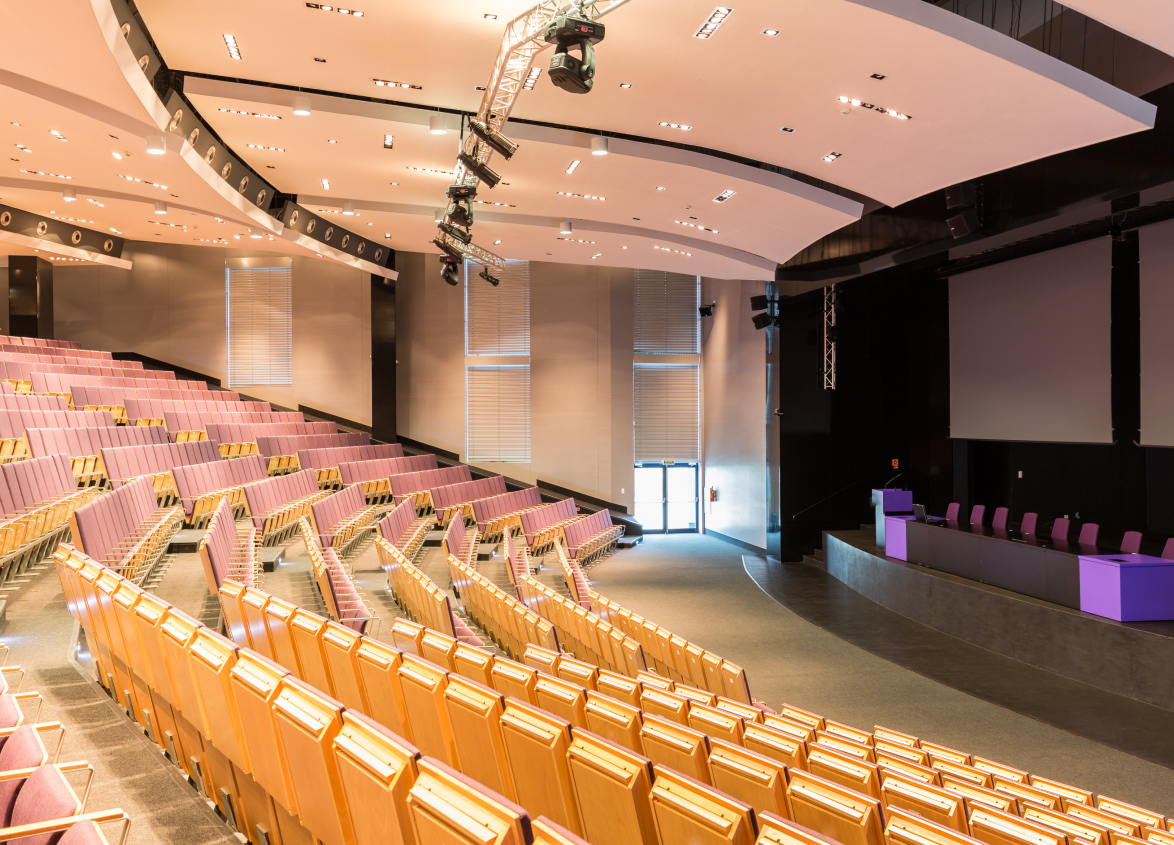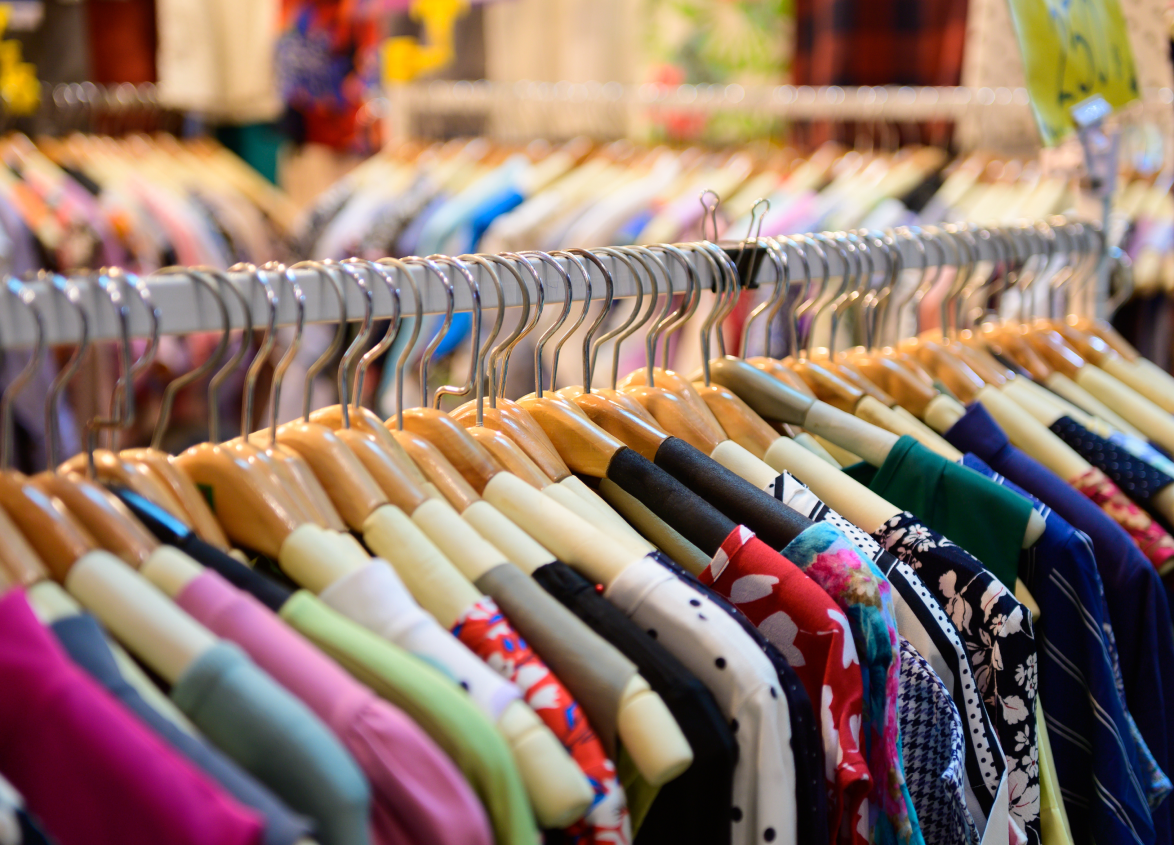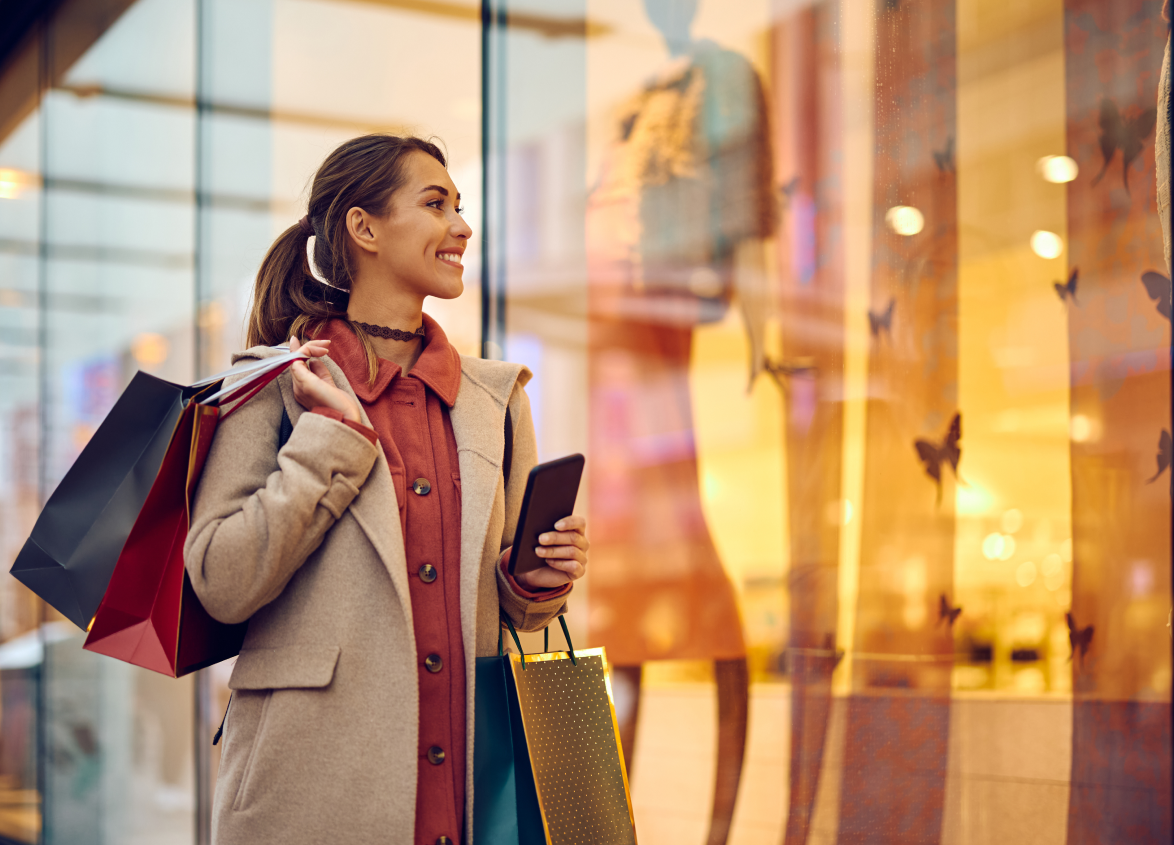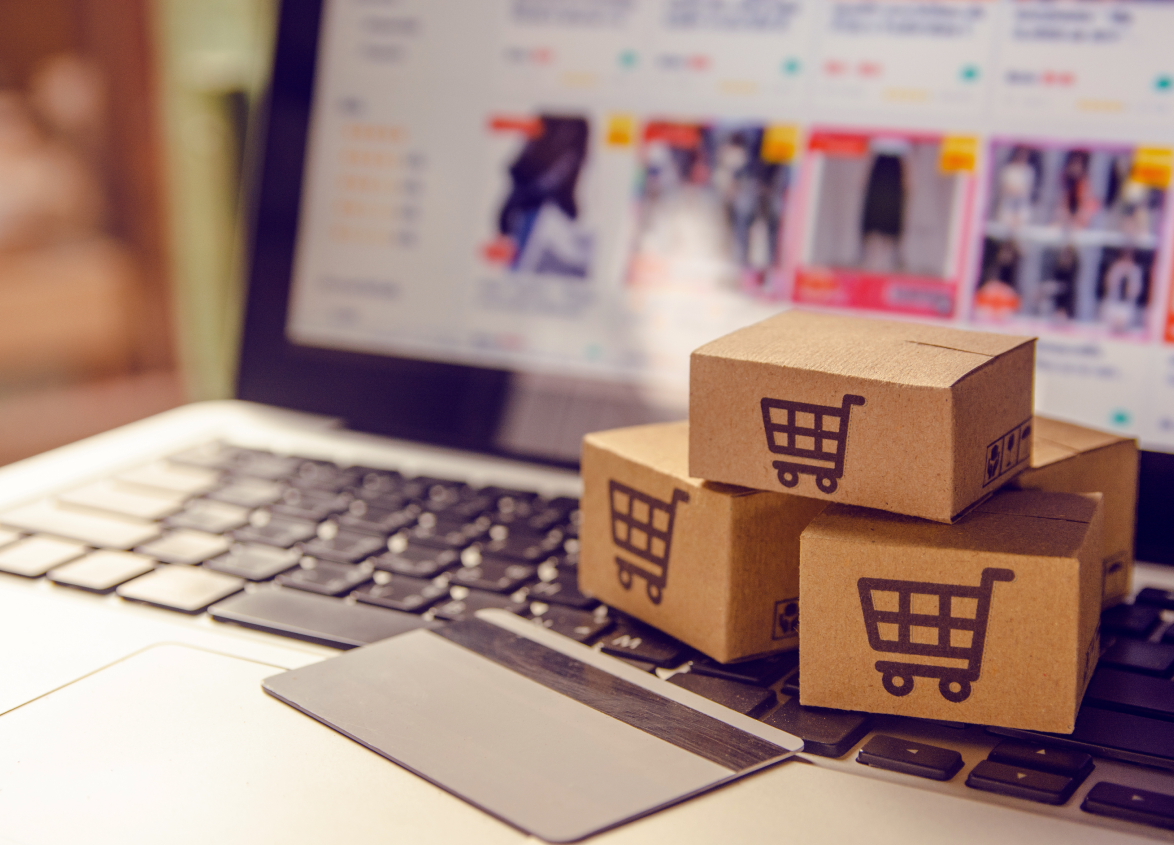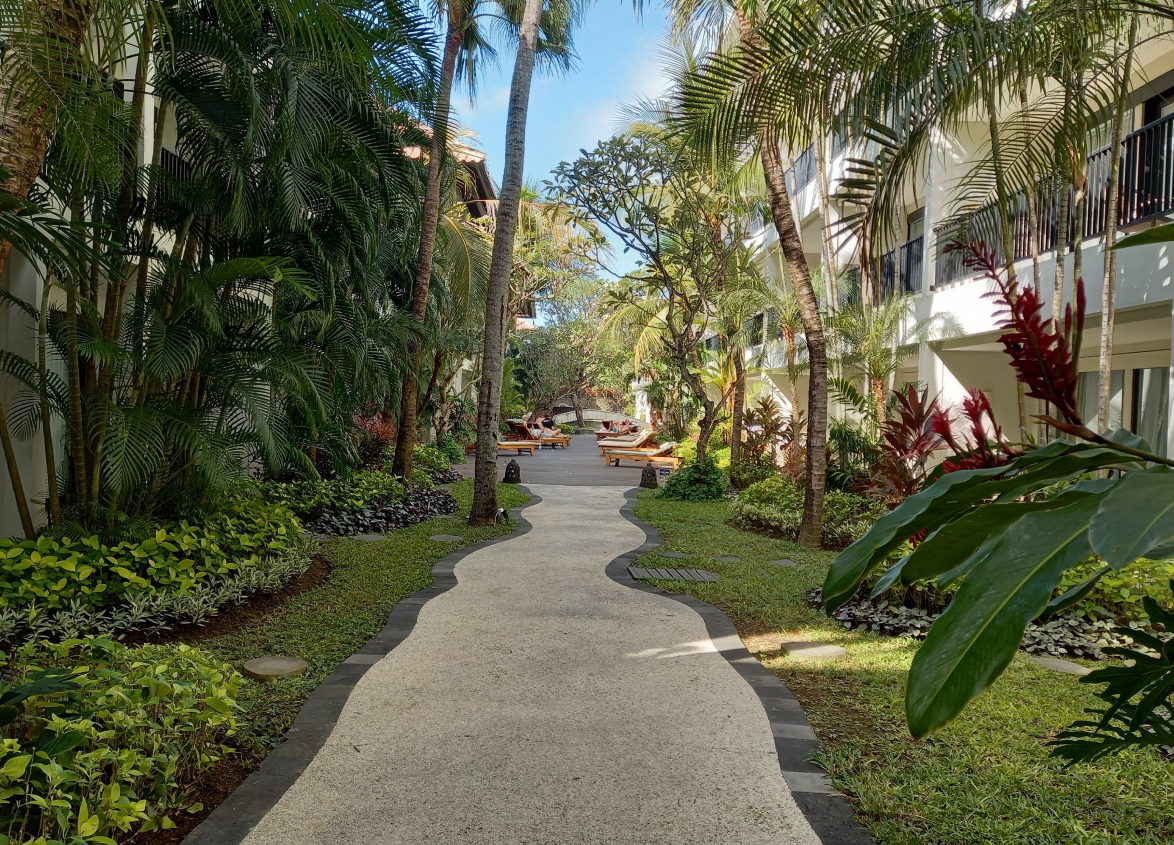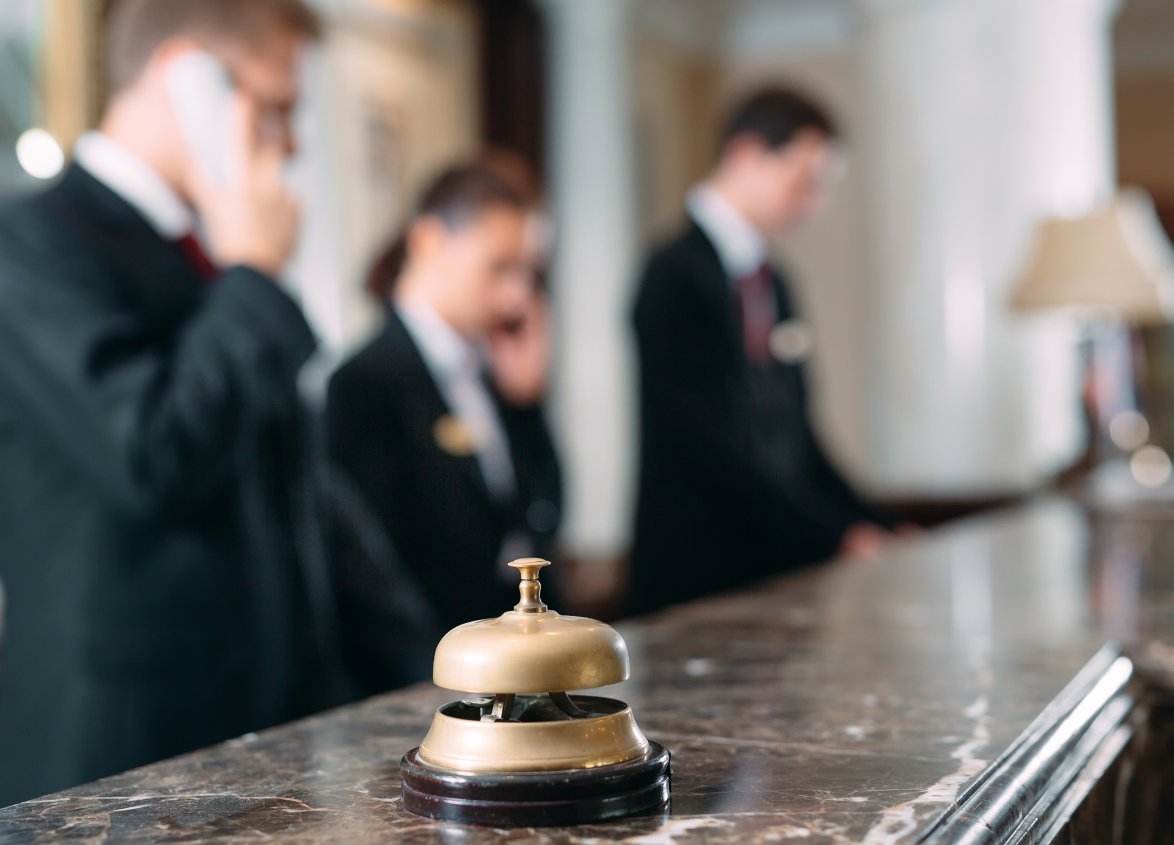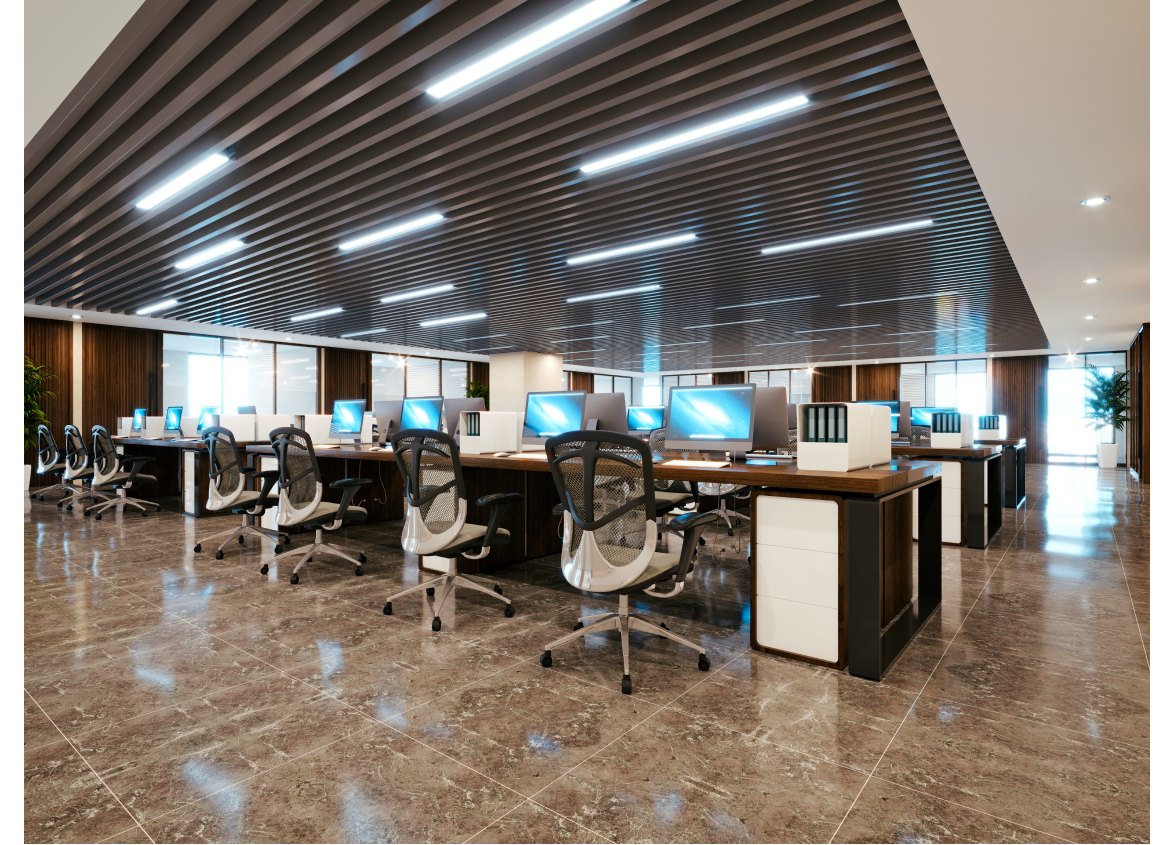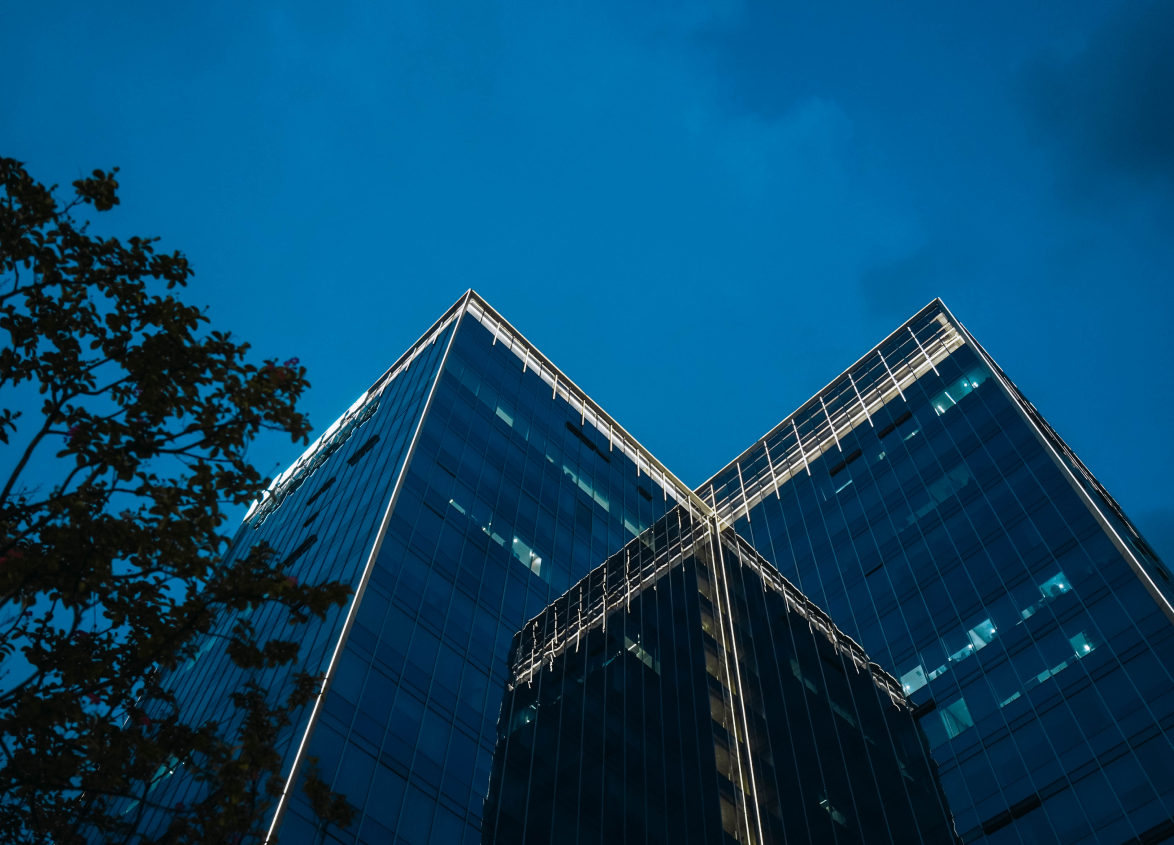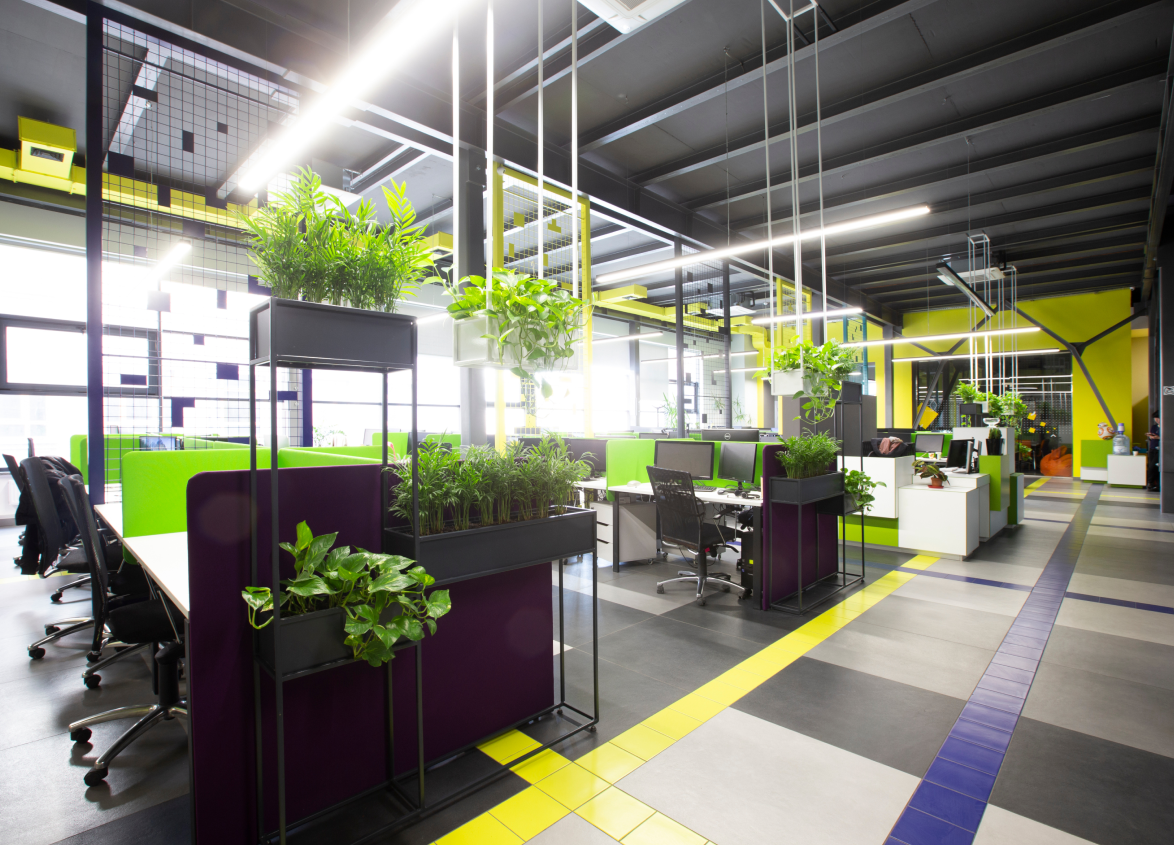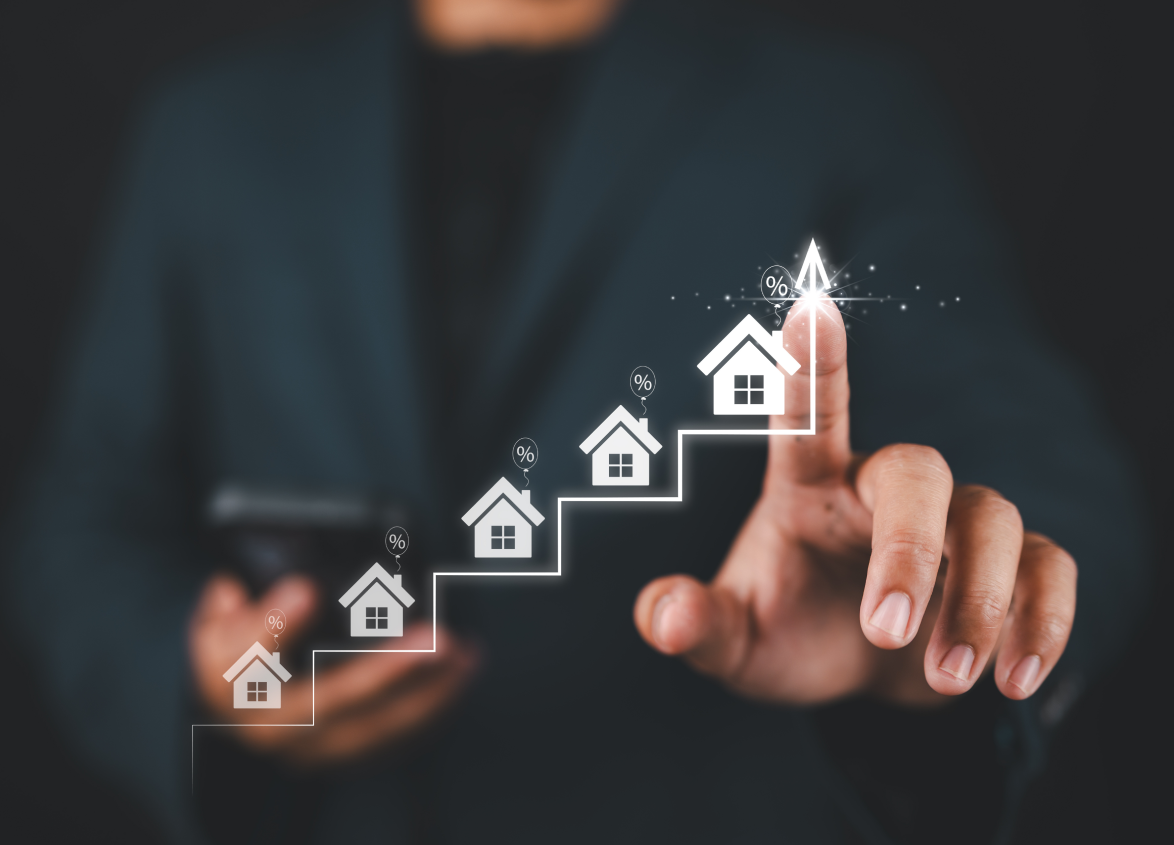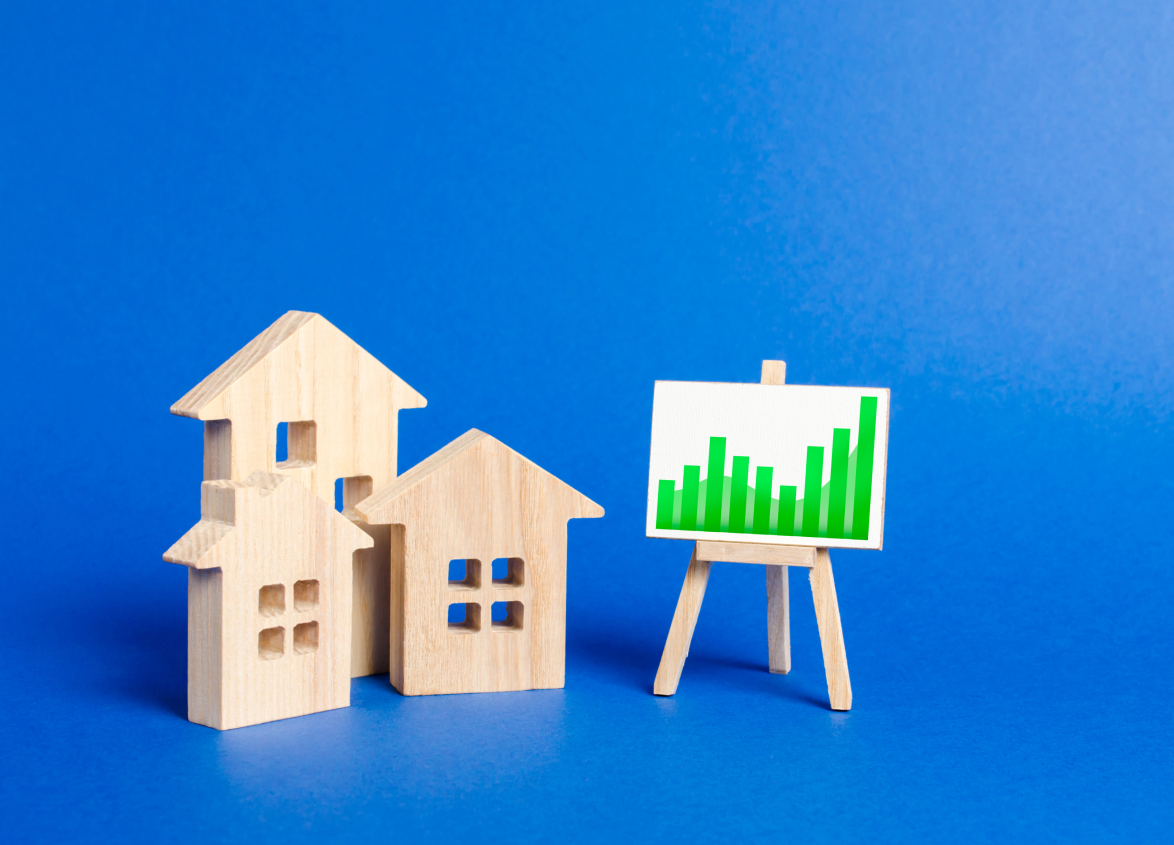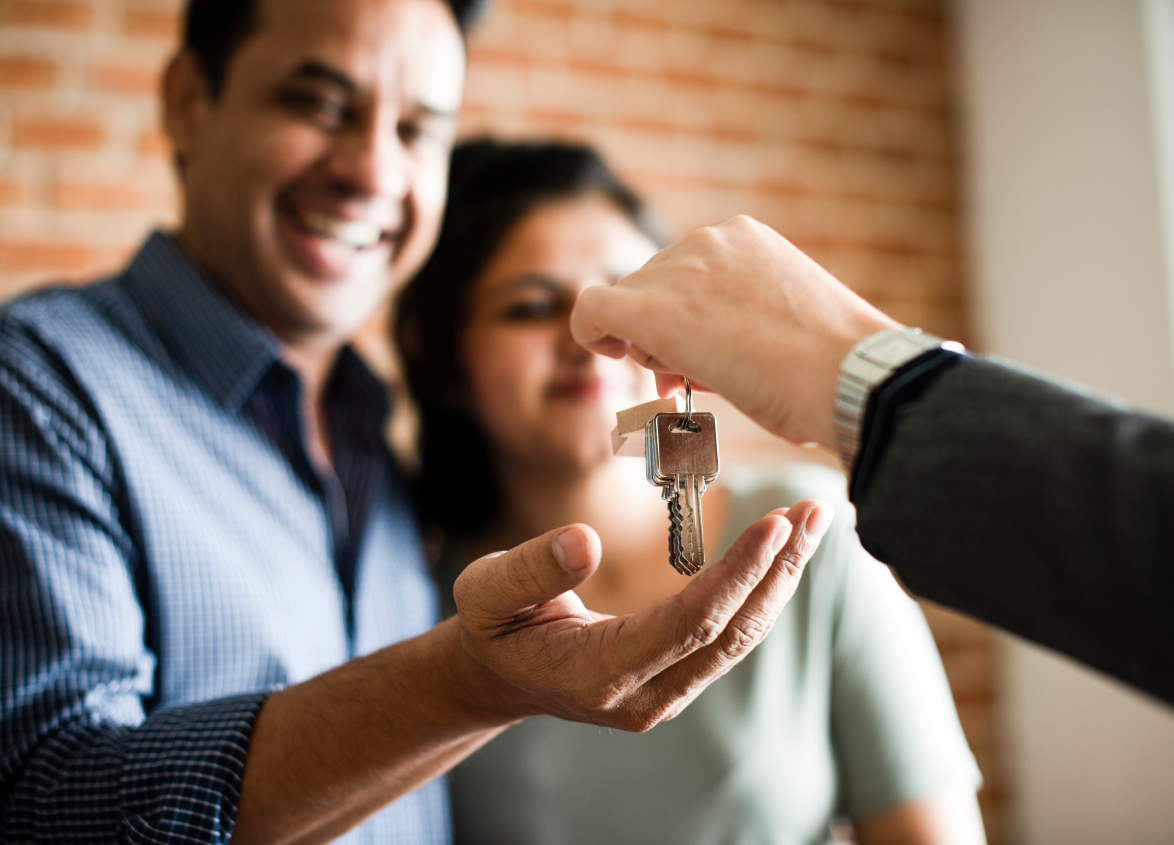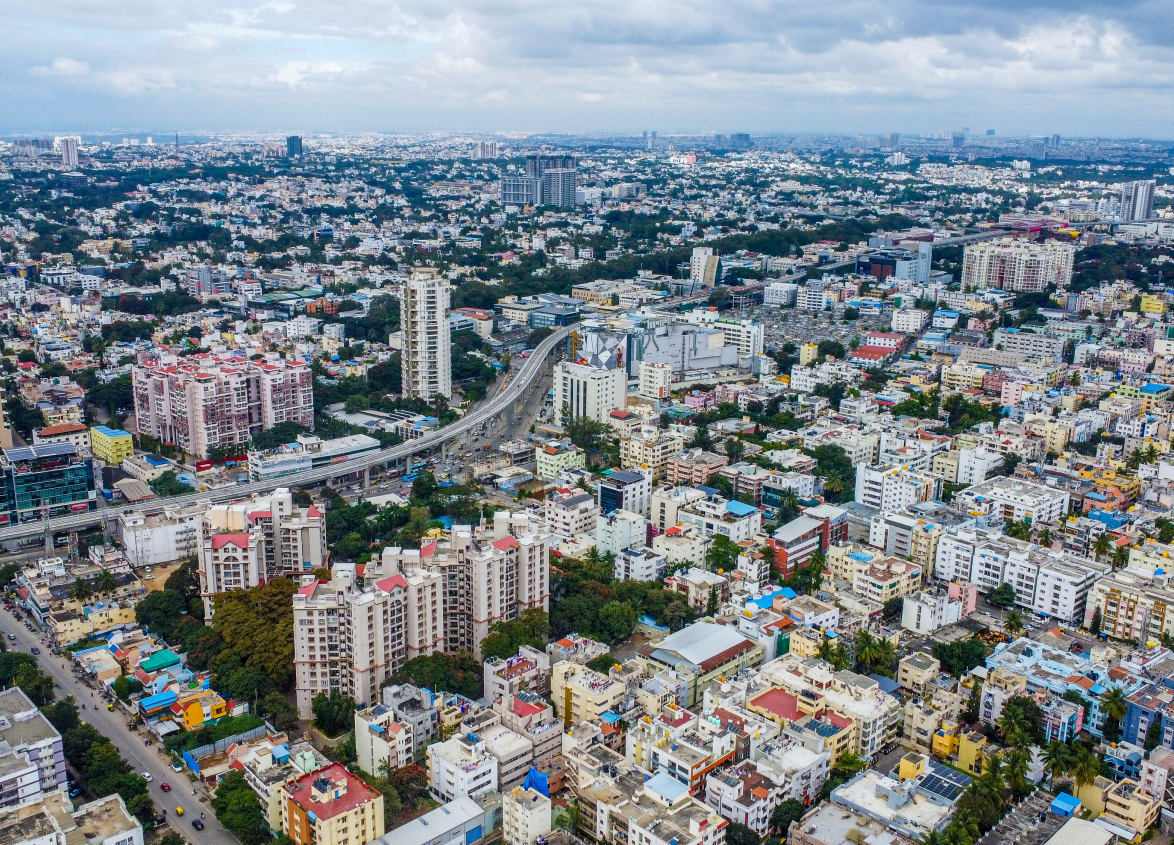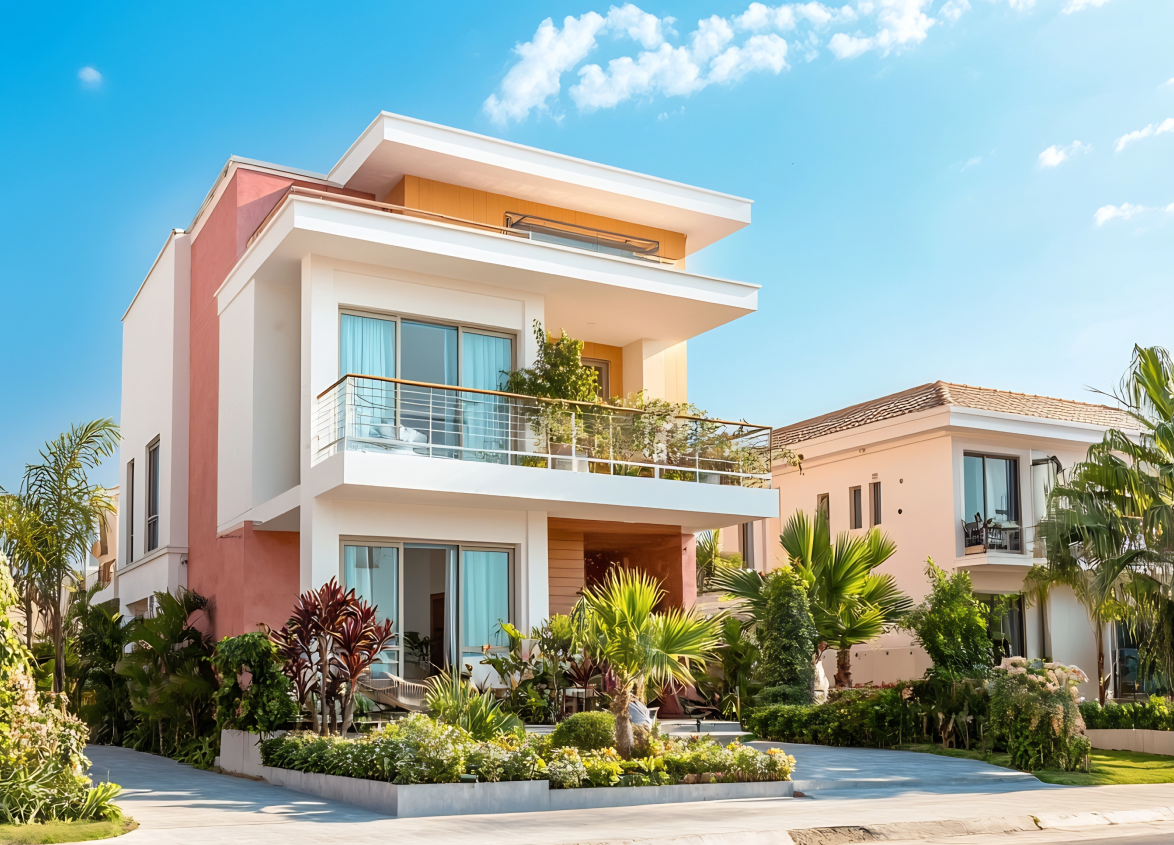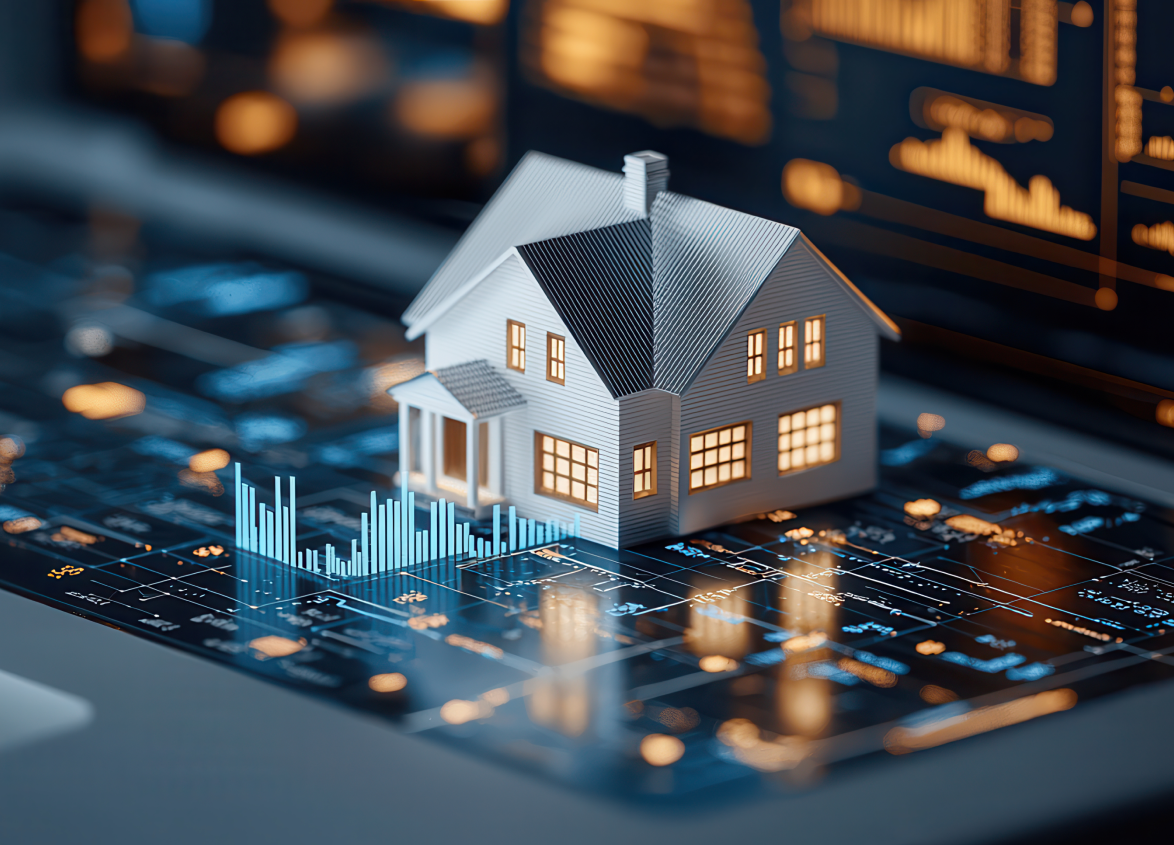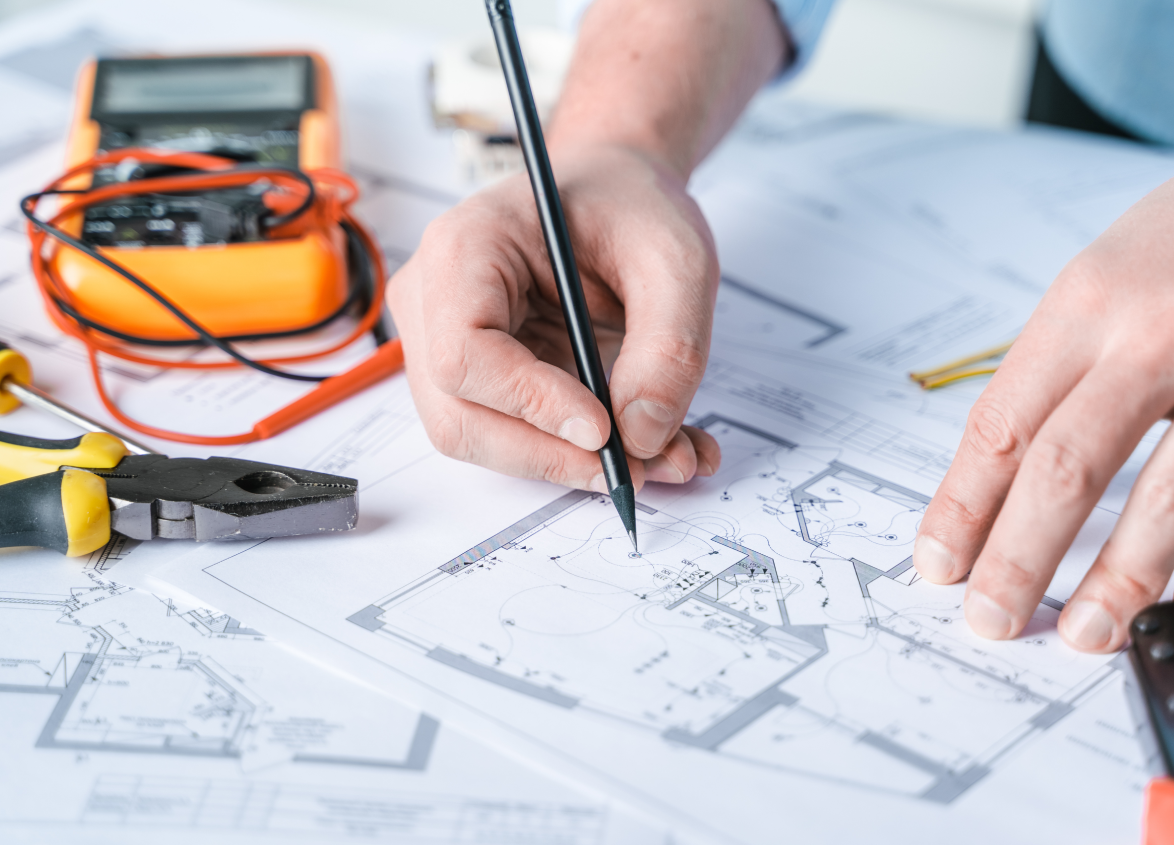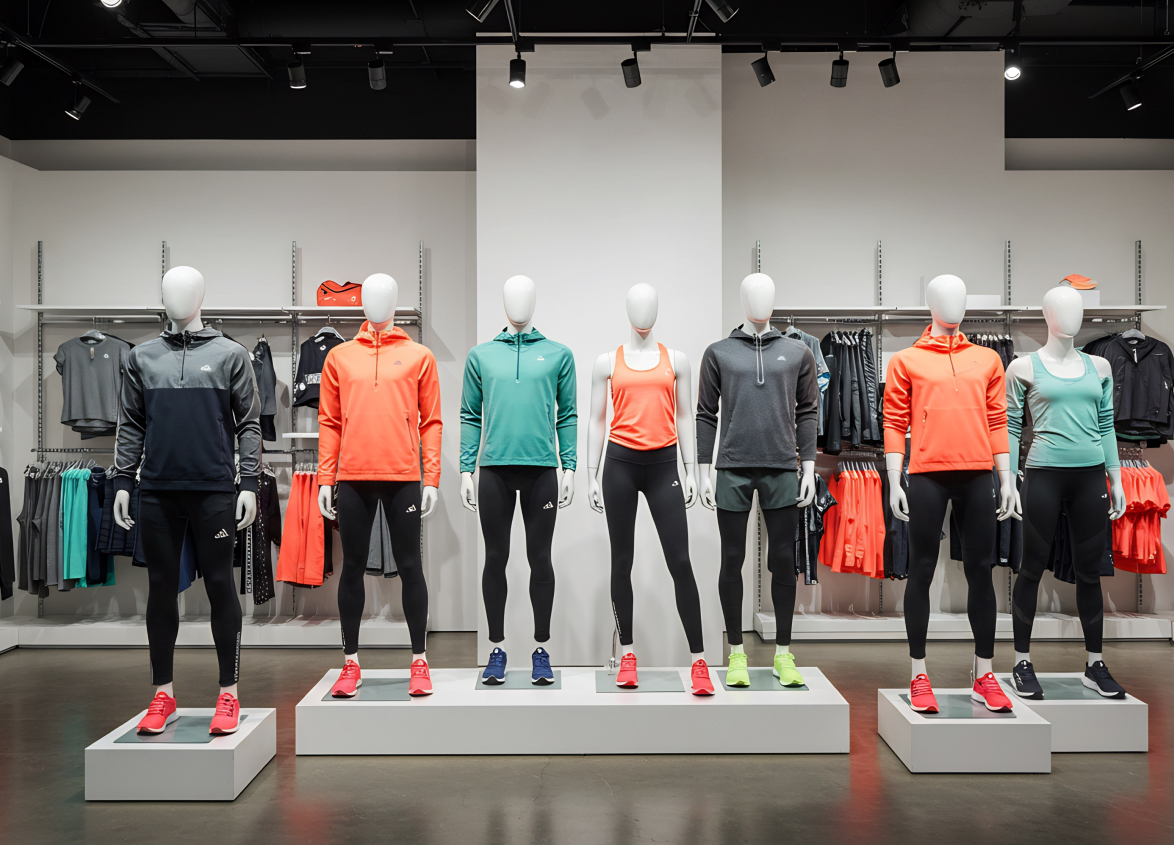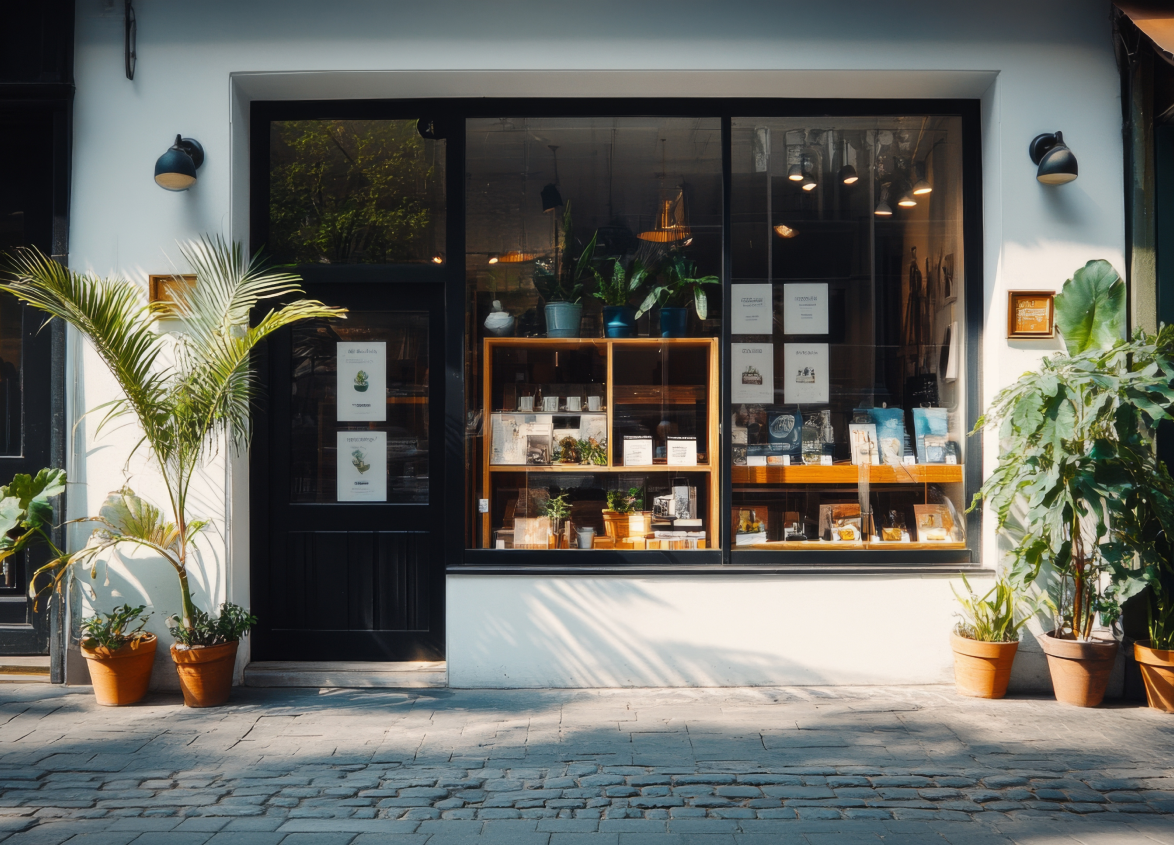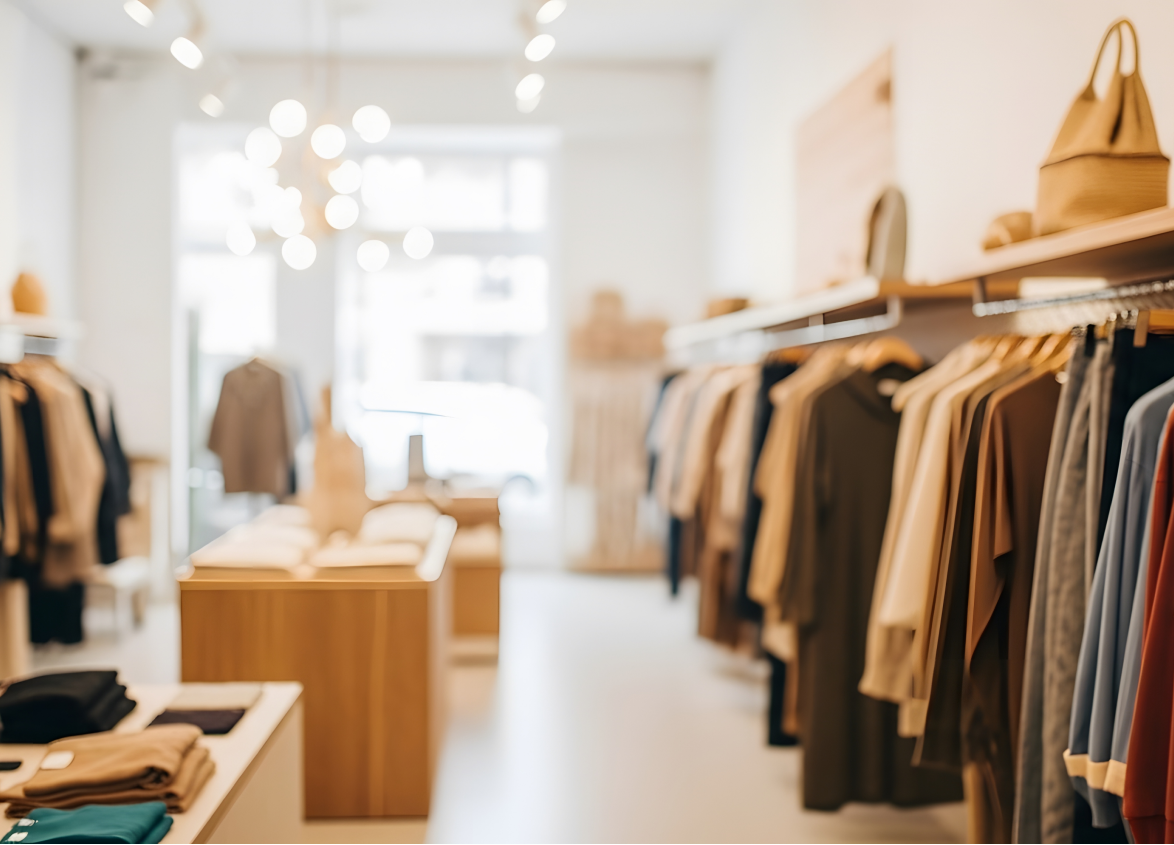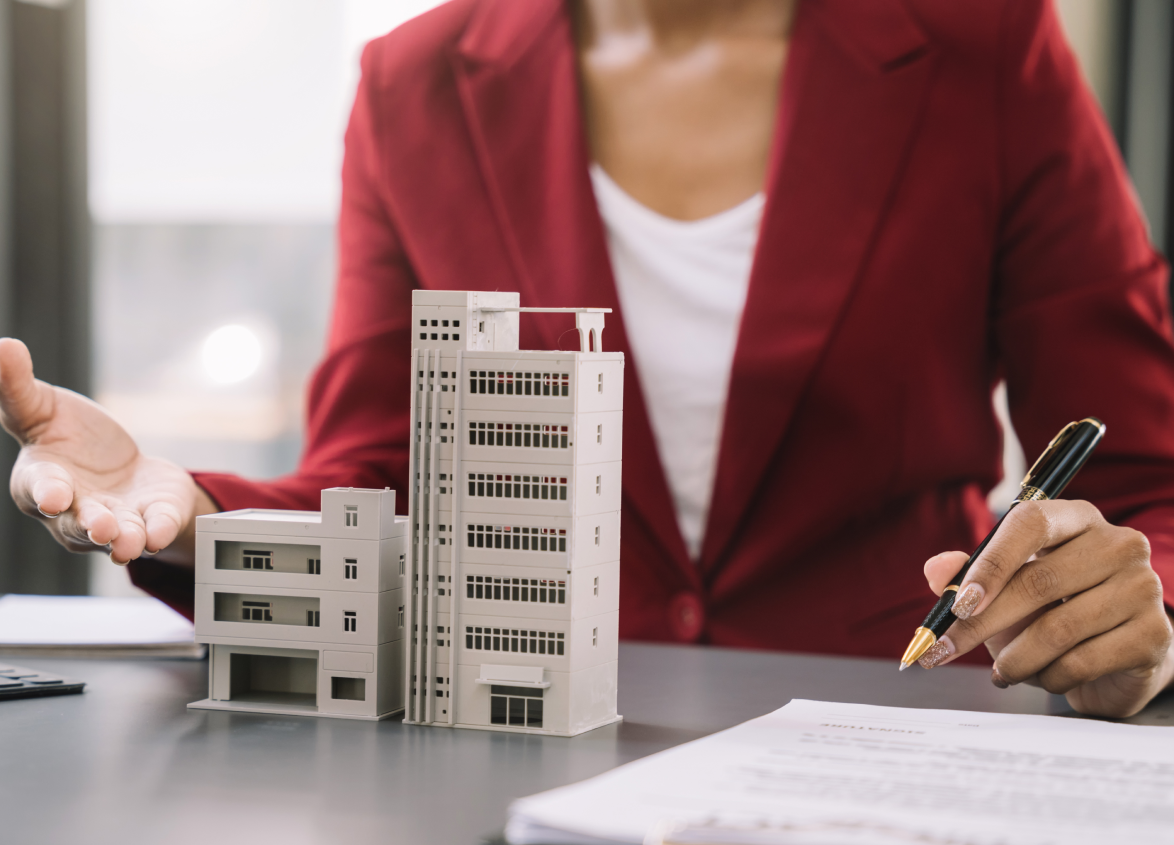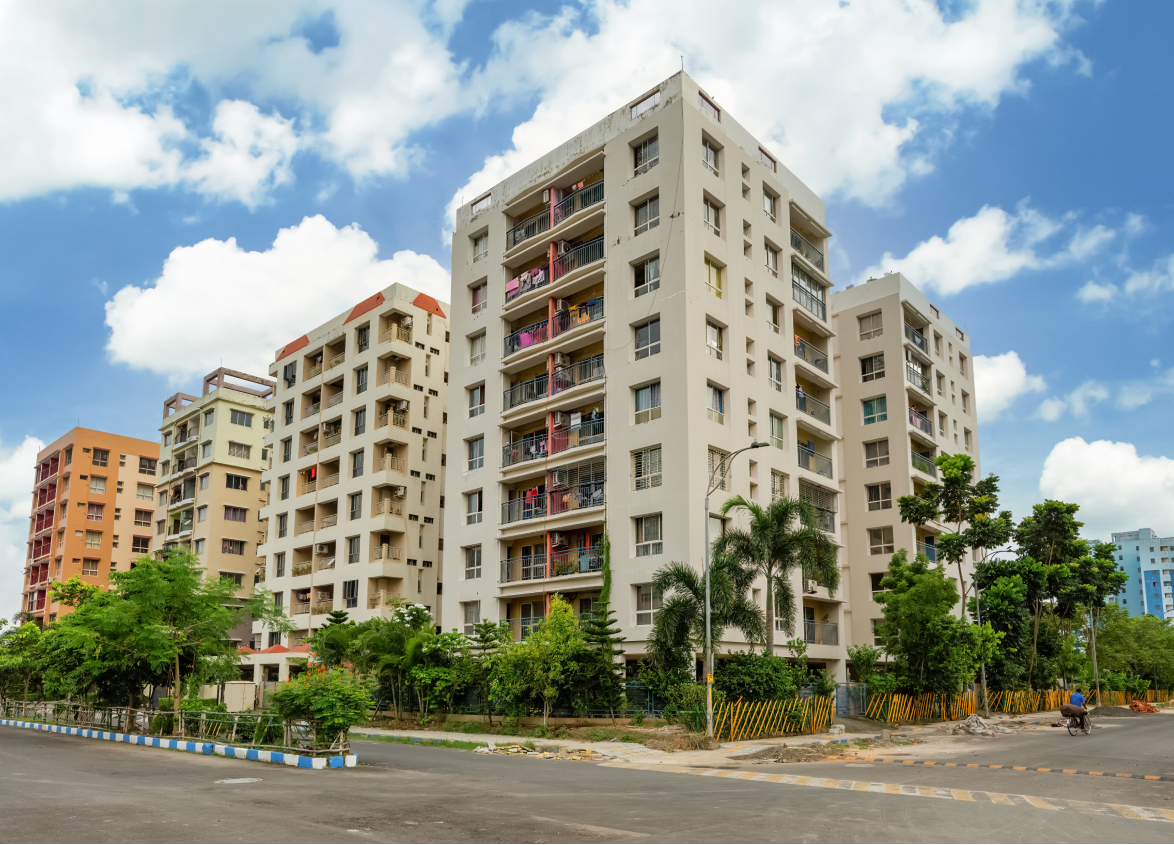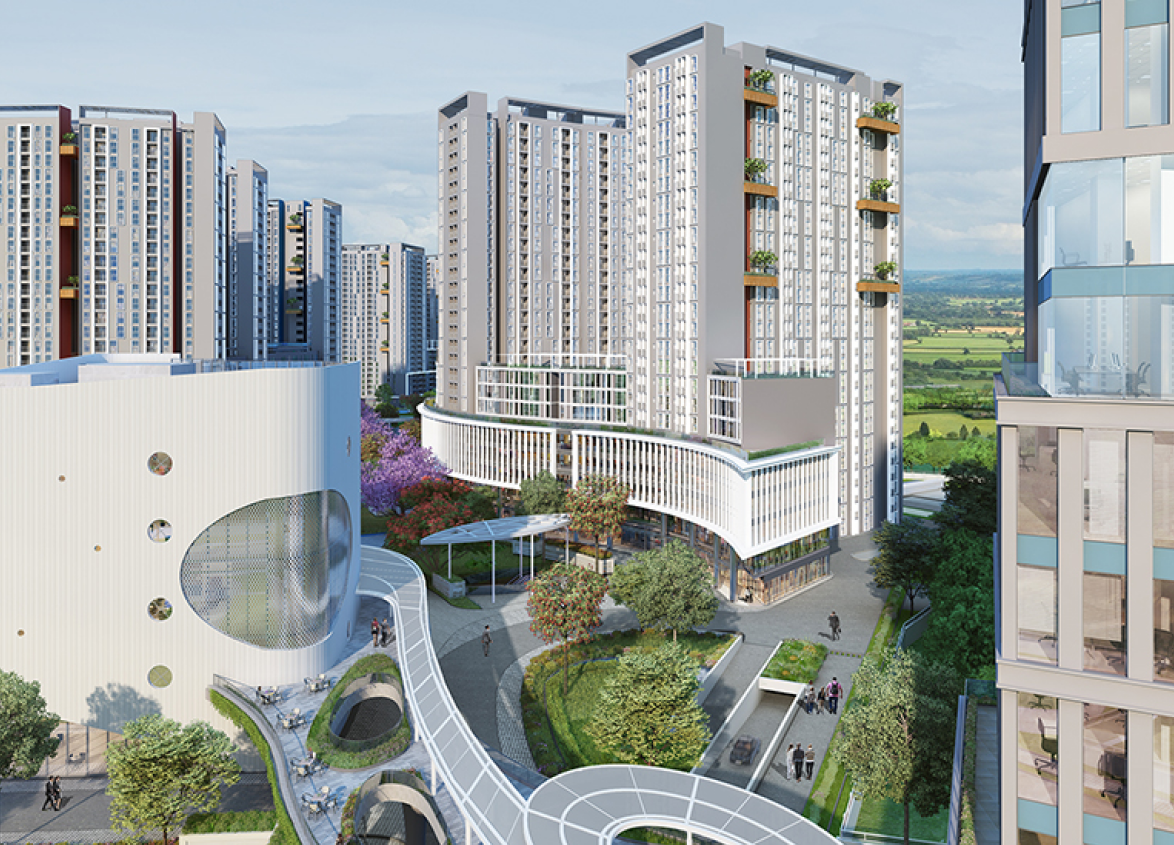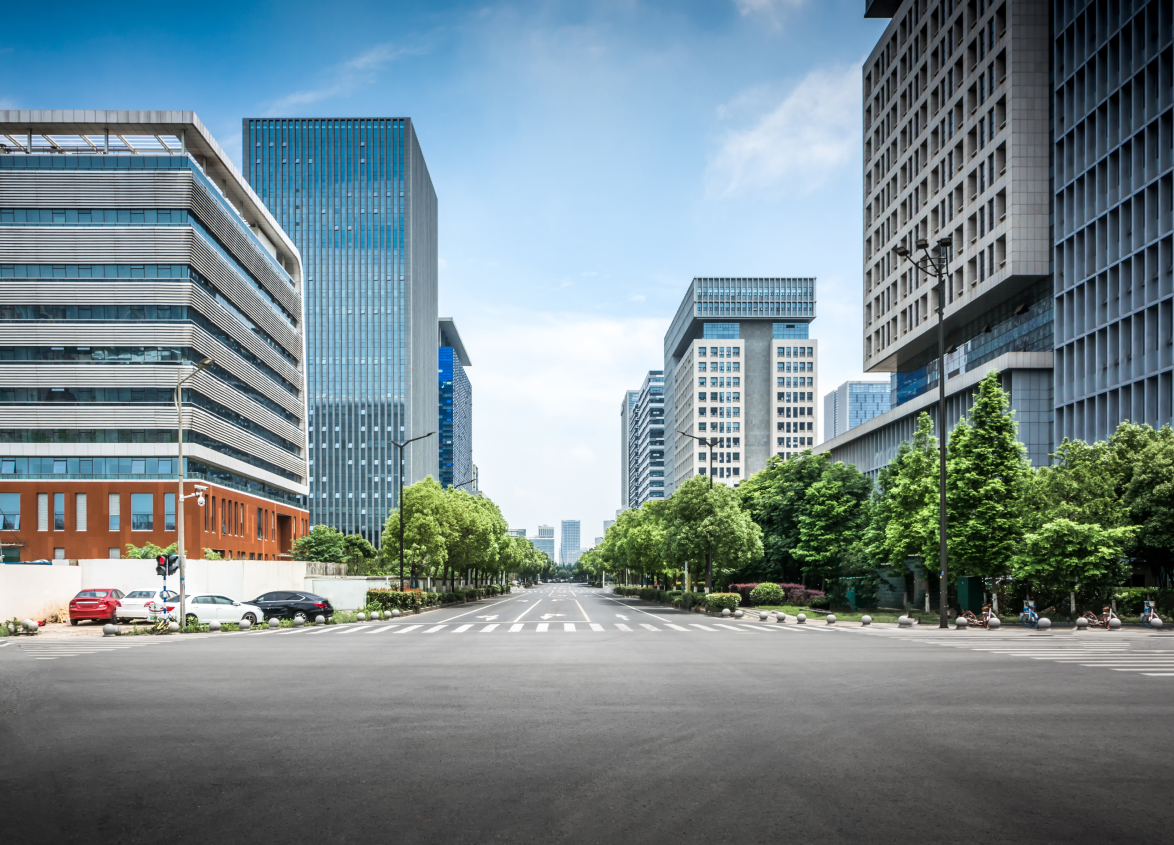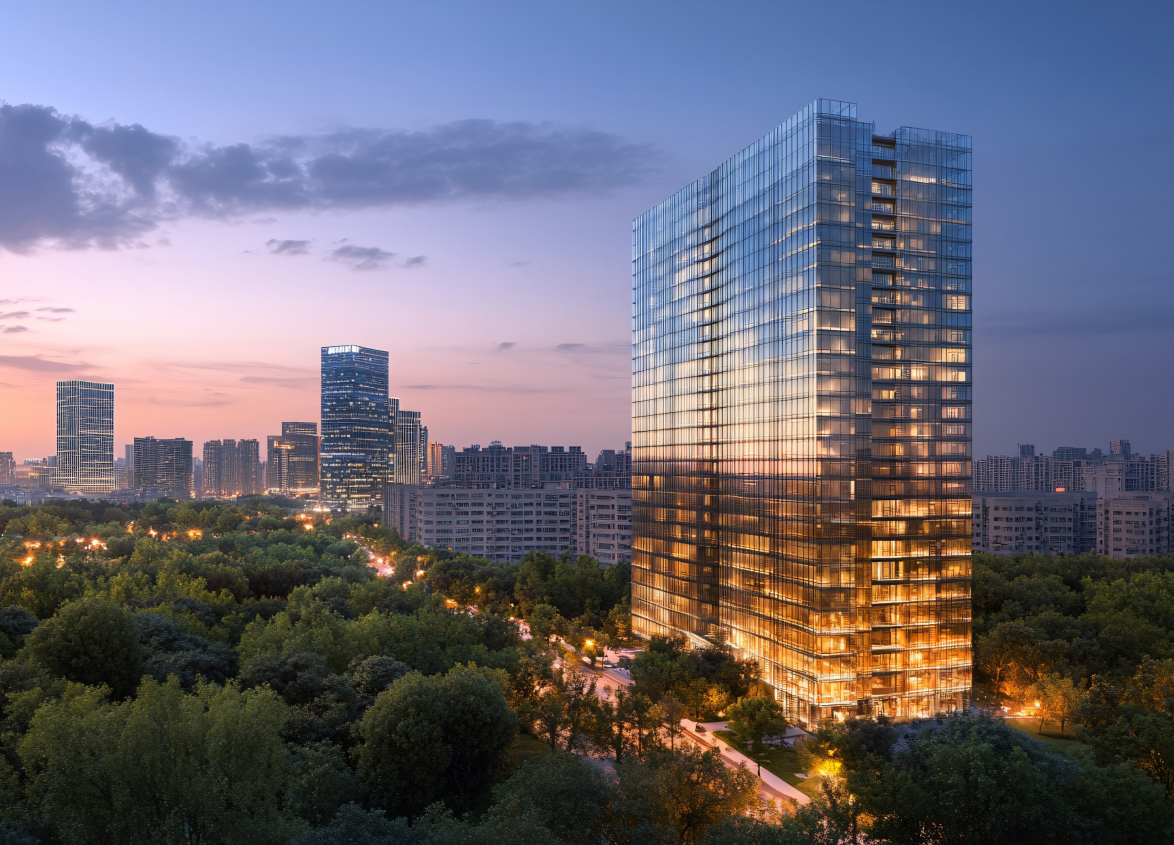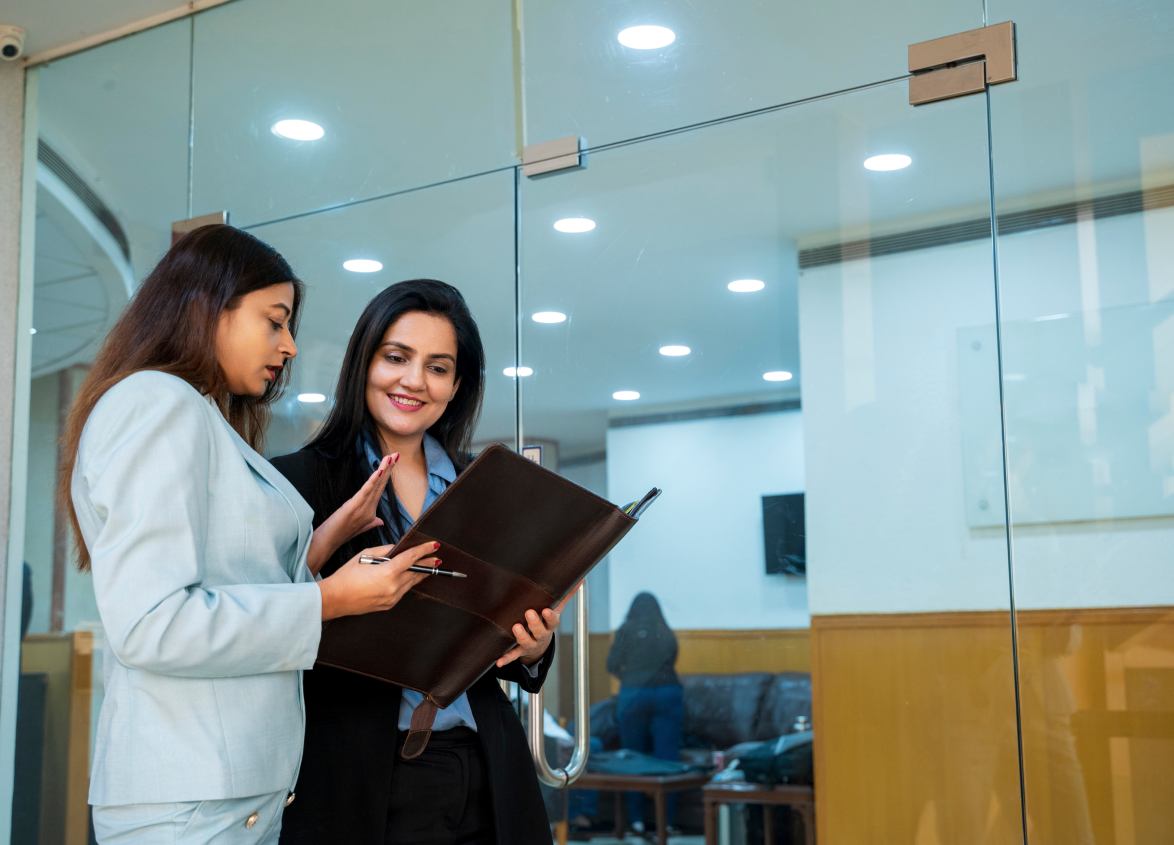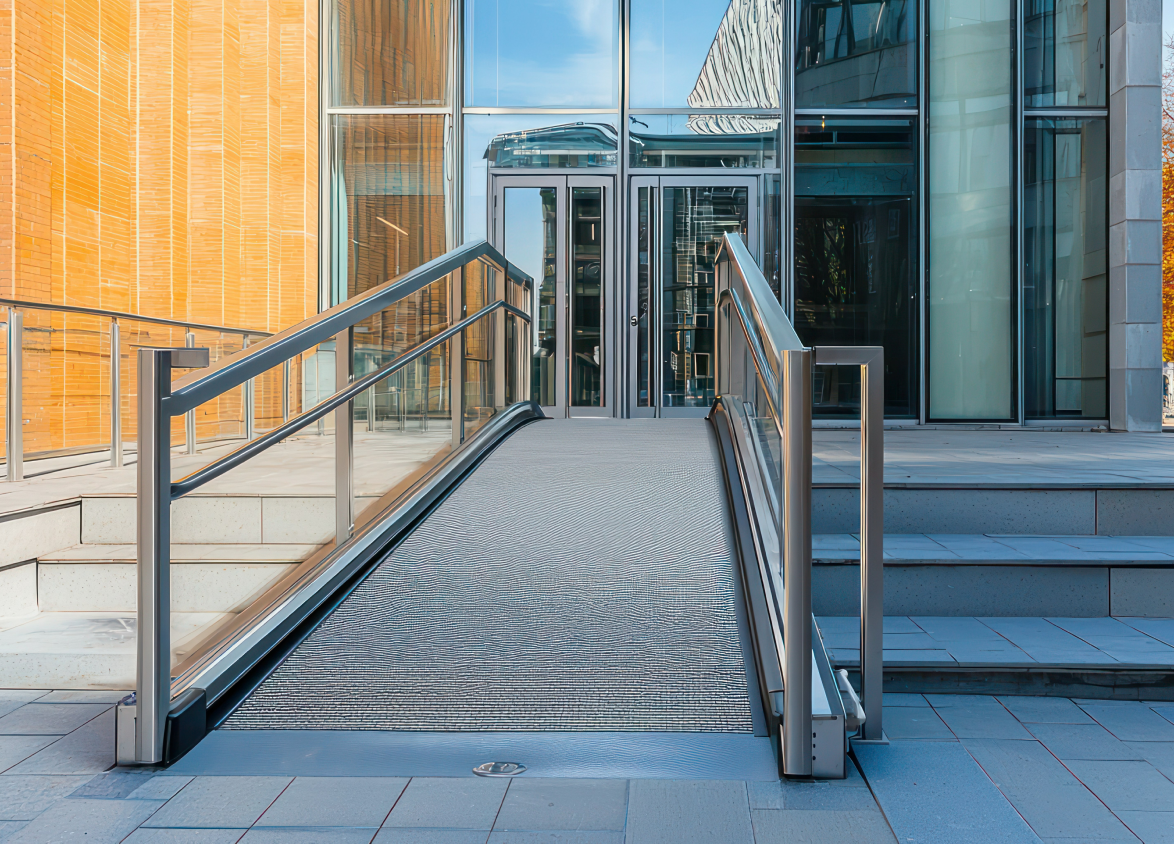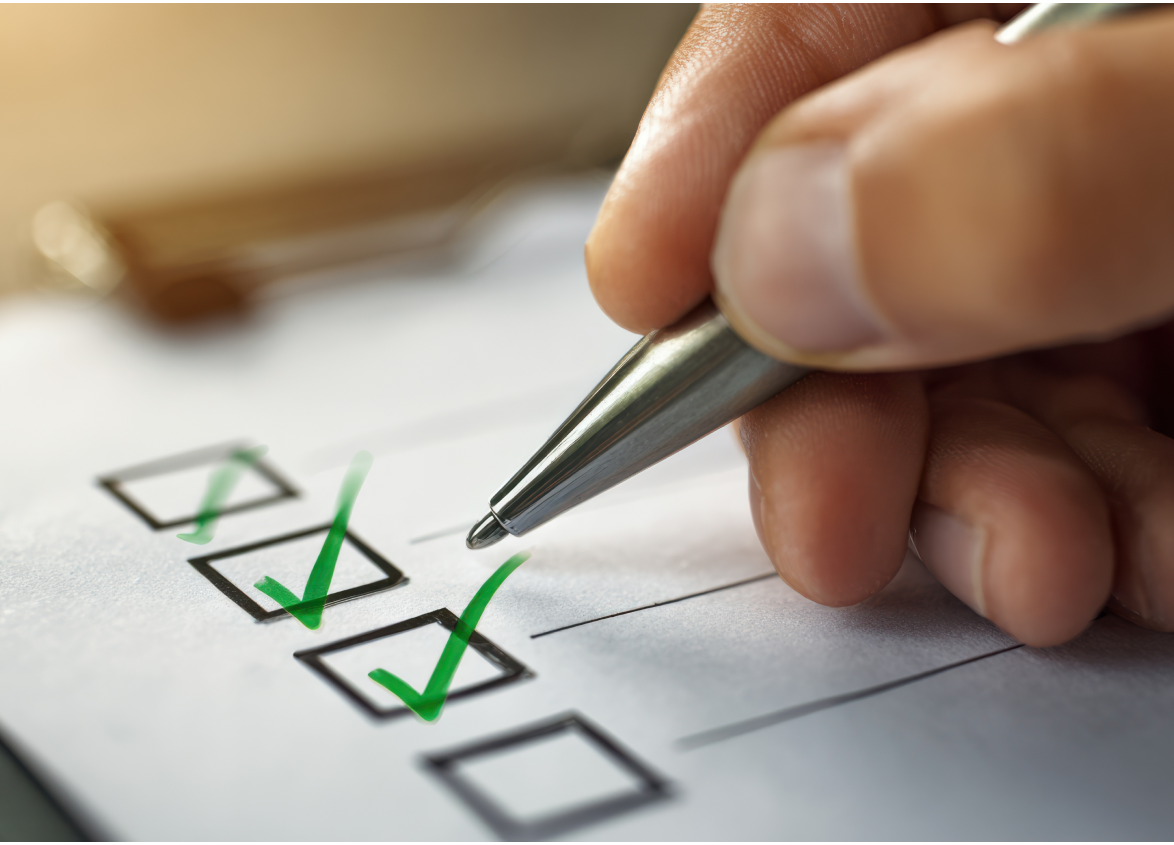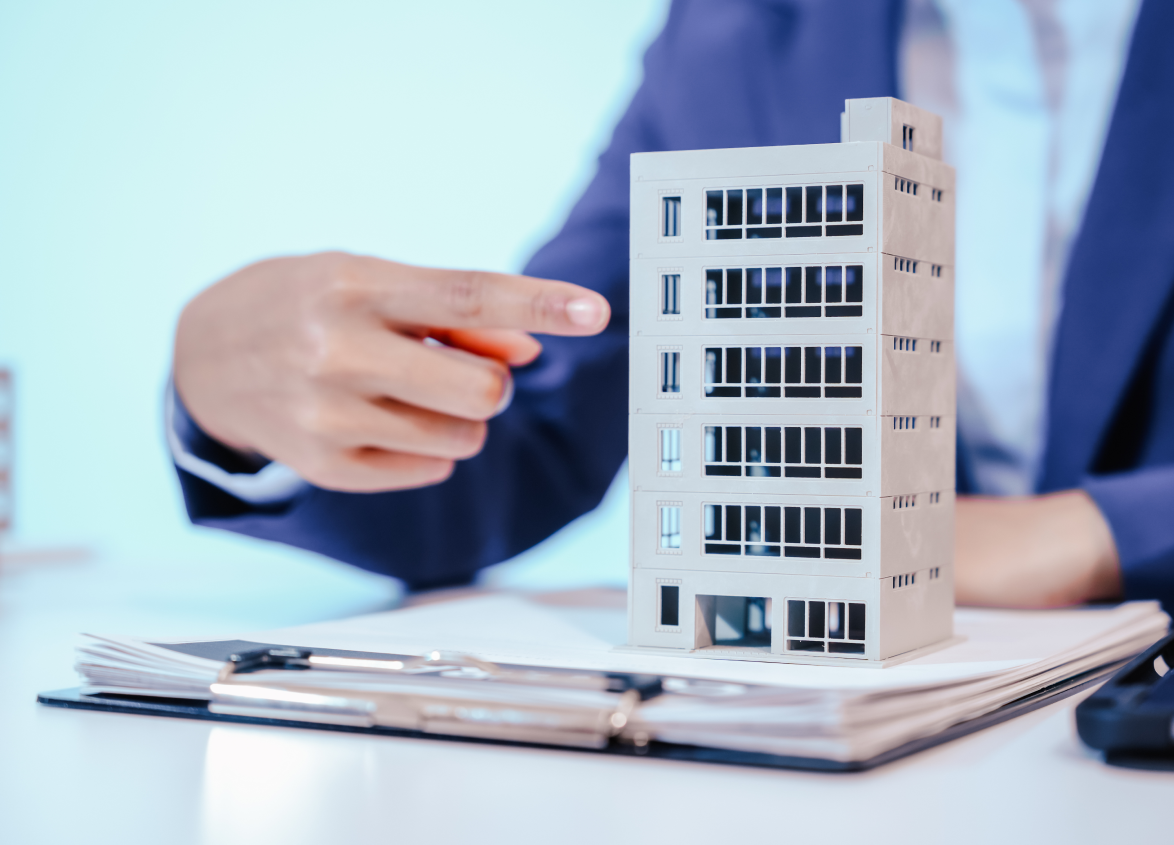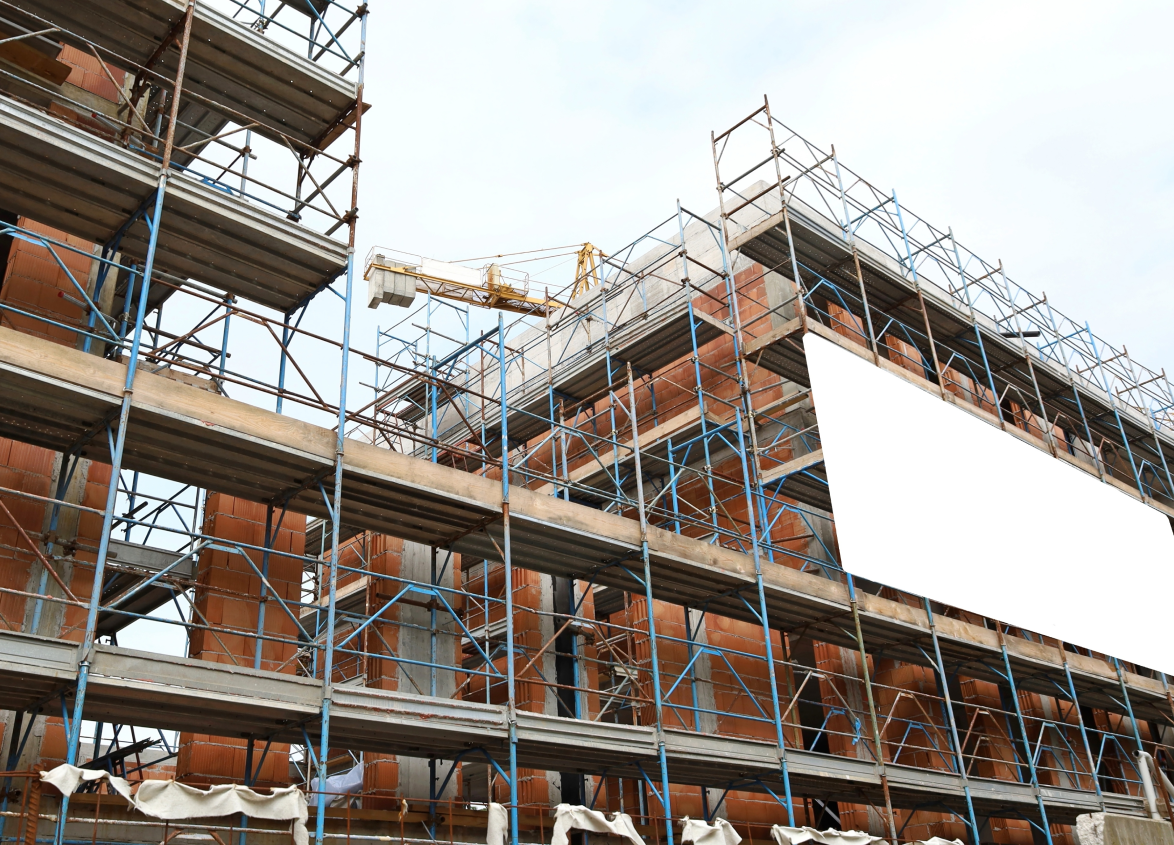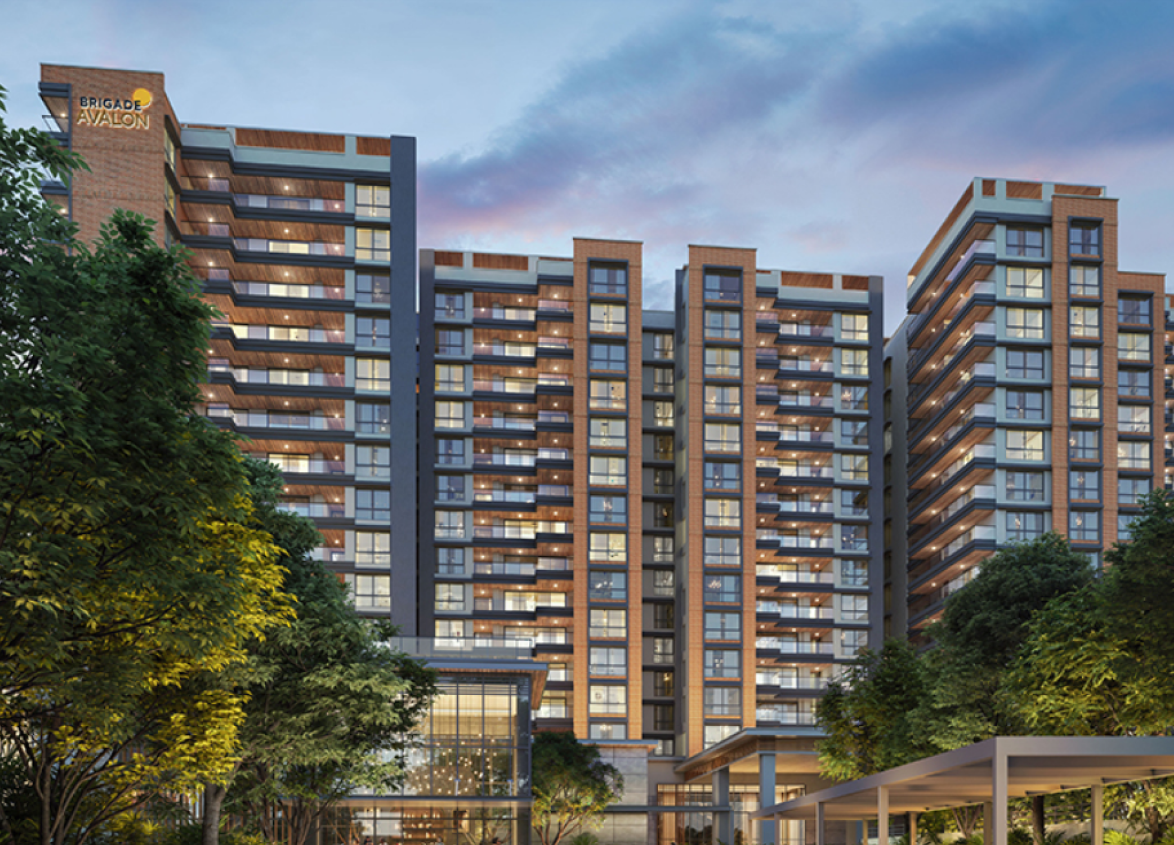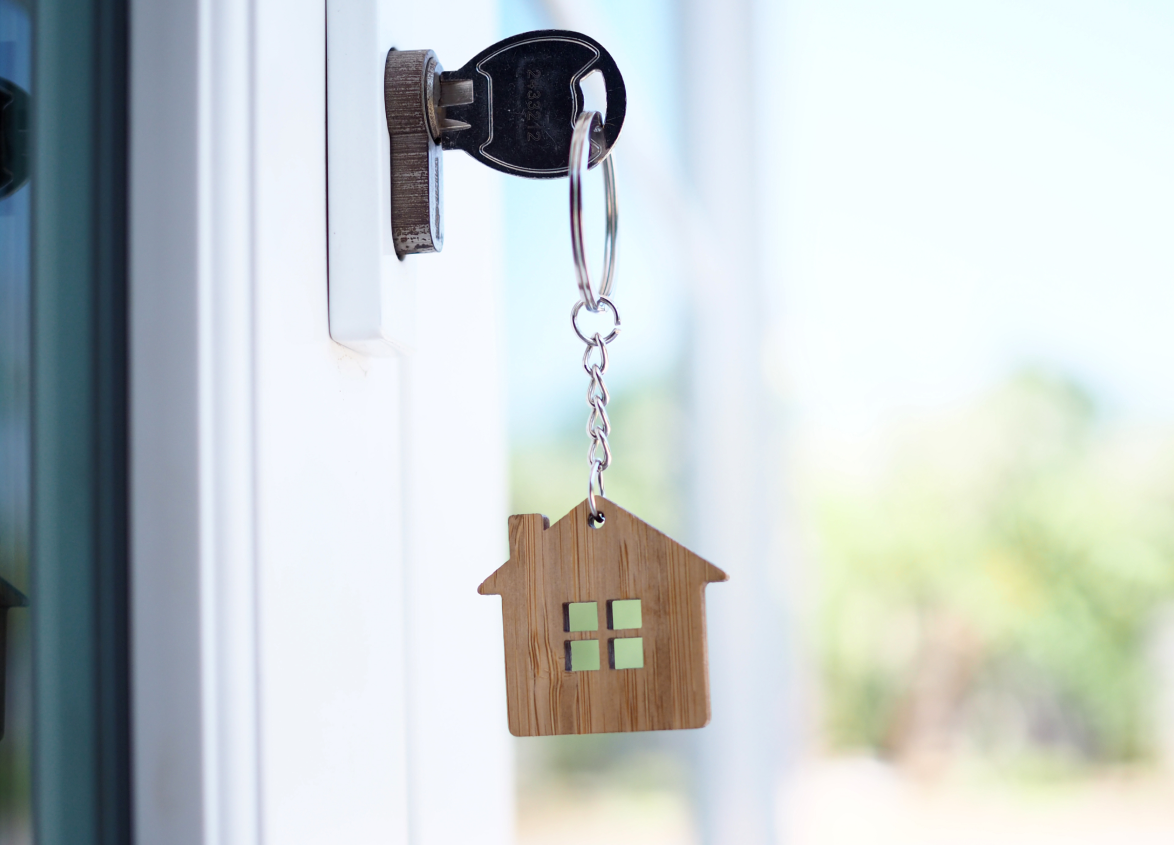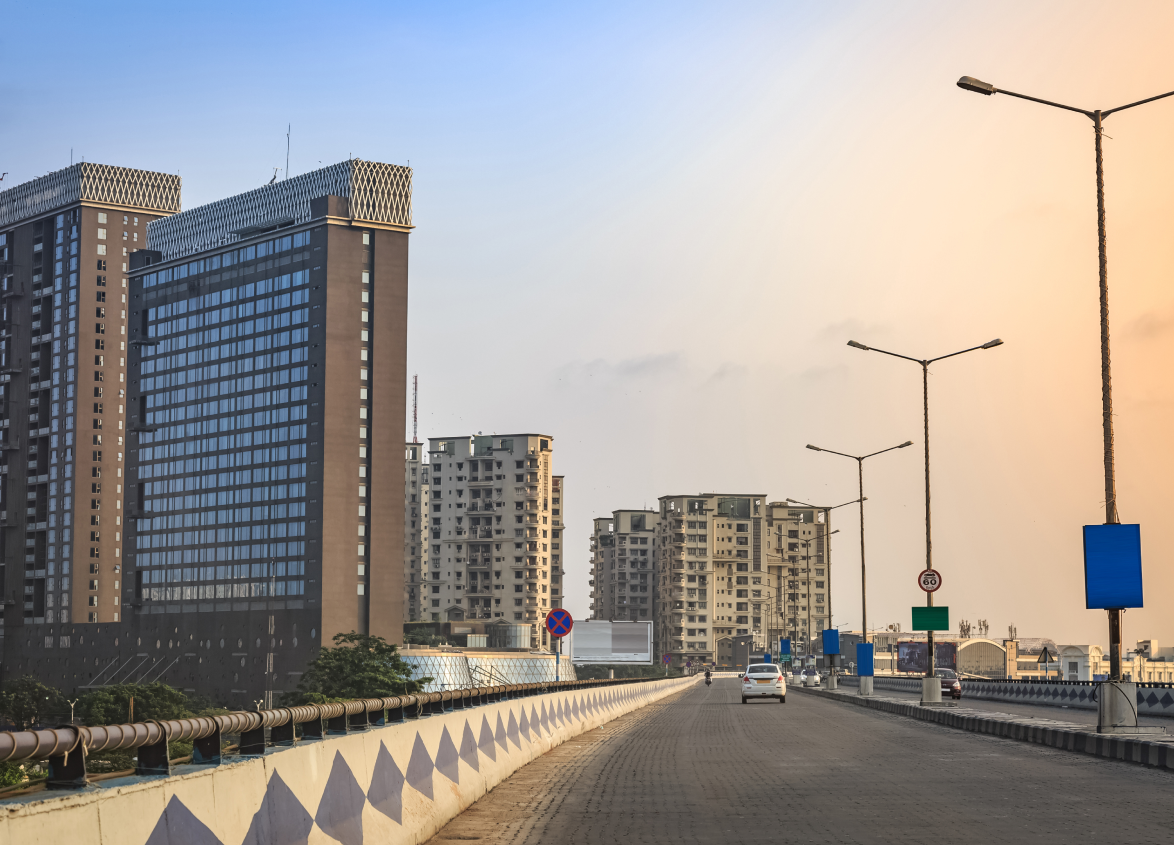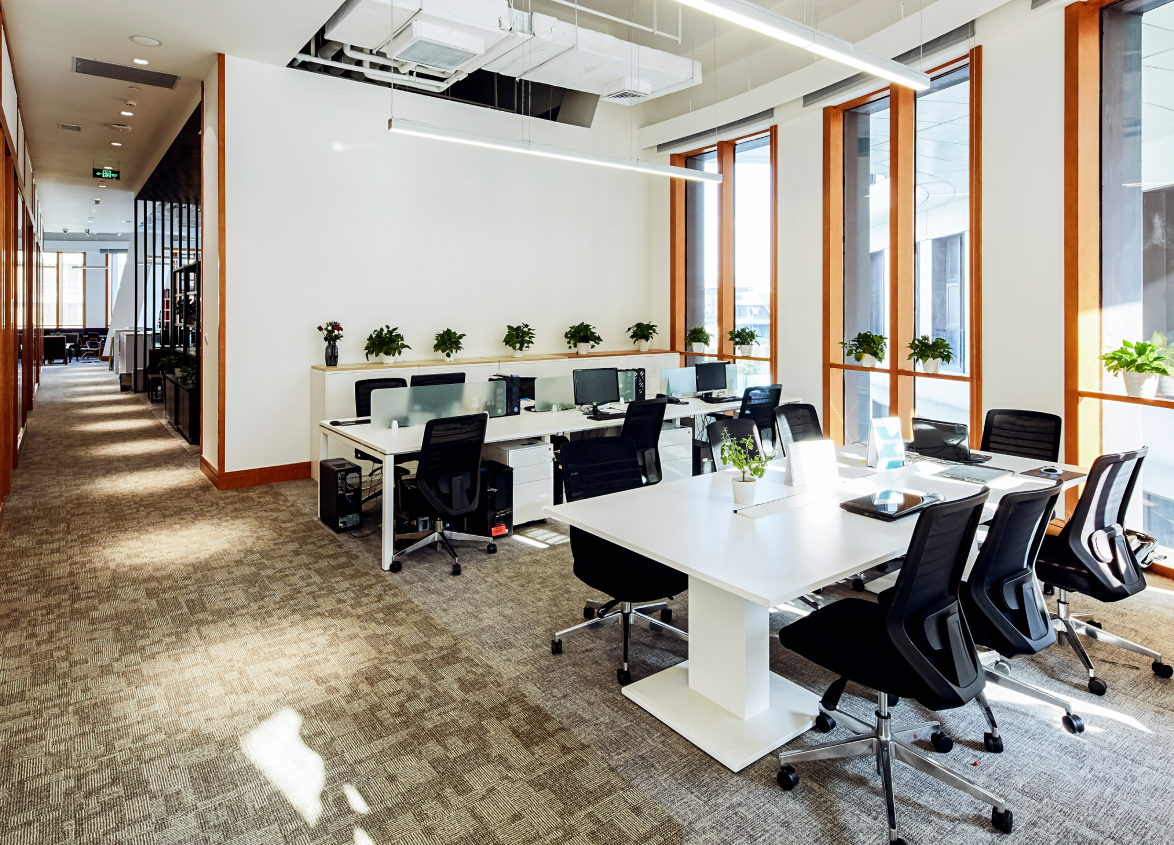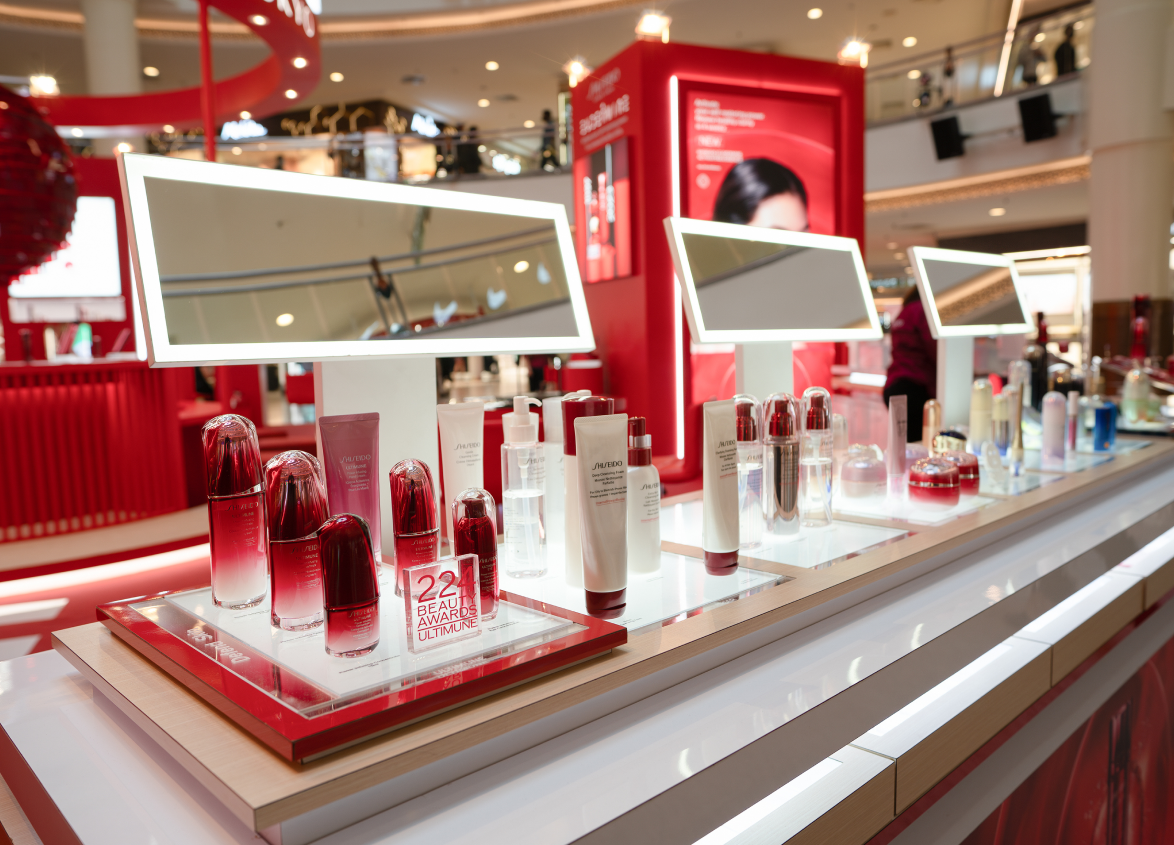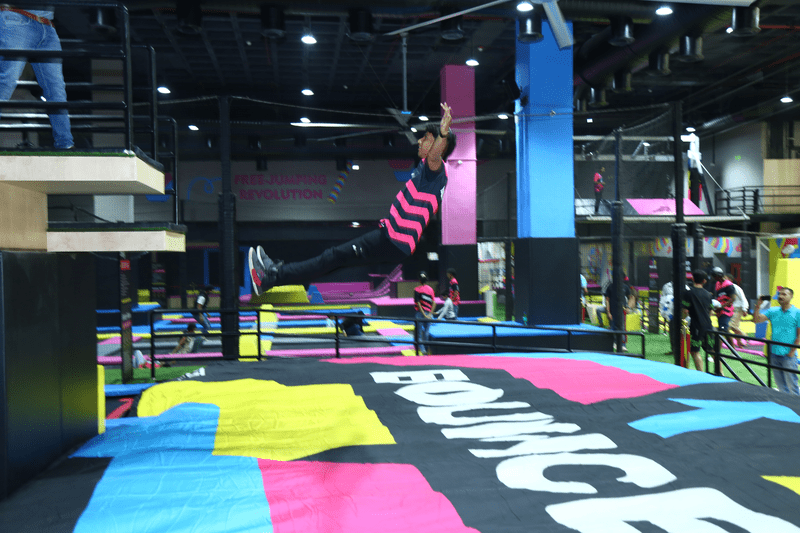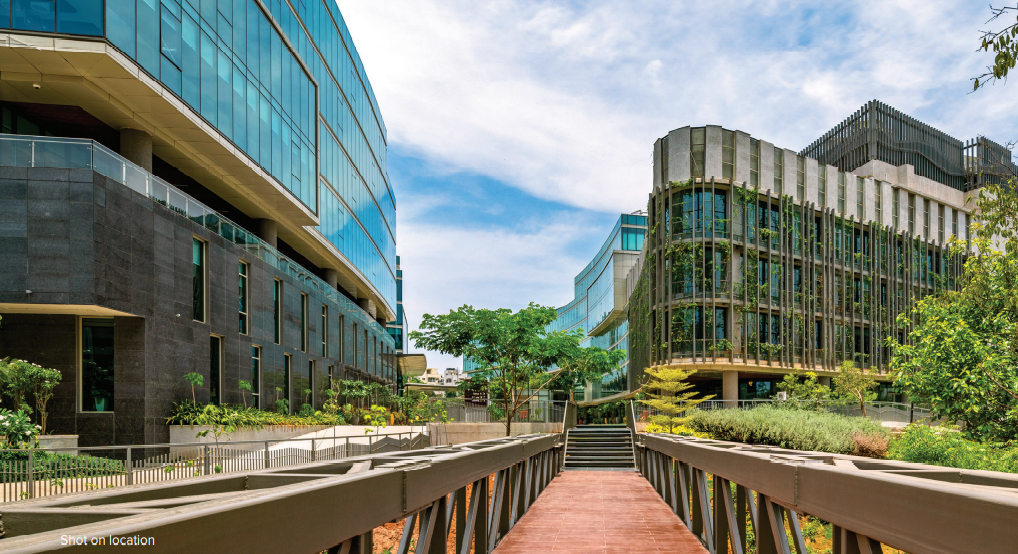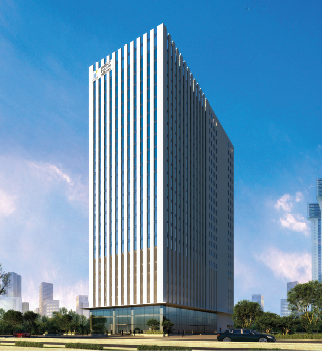
Retail
Phygital Retail: Blending Physical and Digital Shopping
July 02, 2025
With the rapid rise of digitalisation, businesses are increasingly shifting online, while the retail landscape is experiencing a transformation, moving away from traditional physical stores to the widespread adoption of e-commerce platforms. Businesses have evolved, and customer expectations and behaviours have also transformed. The term ‘phygital’ is a fusion of the words physical and digital, demonstrating a synergy and integration of physical and digital shopping experiences, enabling a more interactive way for customers to shop.
This blog has all the details about phygital retail and how it is becoming increasingly popular and essential. It also demonstrates how businesses can indulge in this method and stay at the top in the competitive market.
What is Phygital Retail?
There are different types of shoppers in this world. Some love shopping in a physical store and some don't like going out and prefer shopping from home. Some people love both experiences and do as the situation fits. Phygital retail caters to such people by offering both in-store and online experiences. To fully understand how modern shopping experiences are evolving, grasping the phygital retail meaning is important.
So, what does phygital retail mean? Phygital retail involves the combination of physical and digital shopping experiences. Let’s take a makeup brand, for example. This brand has a website and a physical store in every city, helping customers experience both styles.
This method offers a convenient, consistent, comfortable and personalised shopping experience. Most business models offer either an in-store or an online shopping experience. The physical retail system offers in-store, website, app and social media shopping experiences. The key is to ensure the overall experience remains seamless and engaging.
What’s Driving the Shift to Phygital?
The significant rise in phygital retail stores is due to several reasons. Each reason is essential in reshaping customer behaviour, shopping experience and retail strategies. Below are some of the reasons:
Customer Expectations
Customers expect a more integrated and convenient shopping experience. They want the advantage of searching for products online, then going to the store to purchase, or vice versa. Phygital retail is implemented to meet these customer expectations, seamlessly increasing customer satisfaction.
Technological Progress
Advances in AR, AI, VR and IoT have made it easier for retailers to transition to a physical retail strategy. These technologies offer added value to the in-store experience, allowing digital engagements that would not be possible otherwise.
Shift in Shopping Habits
This trend of consumers swaying towards online shopping over the last 10 years intensified during the coronavirus crisis. However, despite the rising digital sales, physical stores remain indispensable, especially for active experiences such as touch and feel, among other things. Phygital retail seeks to close this gap between the two worlds.
Competitive Pressure
As more retailers soften to physical retail, others do the same to keep up. Any company that does not evolve risks seeing its customers wooed away by those able to offer an integrated experience that utilises the best of both worlds.
Elements of a Phygital Retail Experience
A real phygital store's experience involves various components acting together to build a seamless, customer-focused shopping experience. These elements include:
1. Click-and-Collect Services
This is one of the most widely adopted strategies among phygital retailers. Customers buy the products online and pick them up at a physical store. This enhances customer experience and brings foot traffic to the store. As a result, it increases in-store engagement and boosts brand visibility among a broader audience.
2. In-Store Technology
The infusion of technology into physical spaces is characteristic of phygital retail. This could involve interactive LED displays, AR-enabled bright fitting rooms, digital product recommendation kiosks or mobile apps that provide in-store inventory information, price comparison and even exclusive in-store offers to customers.
3. Personalised Experiences
Retailers can now offer personalised experiences based on the totality of online and offline interactions. From recommending products based on previous purchases to offering recommendations based on personal preferences, the phygital store can provide a very personalised experience.
4. Omnichannel Shopping
In a phygital retail environment, shoppers can start their shopping journey online, then try products in physical stores and ultimately purchase online or offline, whichever suits them best. Each touchpoint is connected, so it is about a seamless channel-to-channel flow.
5. Virtual Try-Ons and Augmented Reality (AR)
AR allows users to try on products virtually before buying them. For instance, using AR, beauty brands enable users to "try on" virtual makeup through a mobile app. At the same time, e-commerce retailers implement virtual fitting rooms for the end customers to see how clothes would look on them without having to try garments on.
Benefits of Phygital Retail
The acceptance of phygital retail benefits customers and businesses. It transforms brands and gives customers a worthwhile online and physical shopping experience. Here's a closer look at how physical retail is changing the game for retailers of all sizes.
For retailers, seamless linking of the online and in-store shopping experiences offers a winning formula for a personalised customer journey. Brands can leverage customer data across channels when they fuse bricks with clicks. That way, they can personalise experiences with information from individual preferences, purchase history, browsing history and even current location.
Phygital retail creates many engaging possibilities across digital and physical channels. Customers are no longer passive buyers. They are actively participating in the brand environment. For example, interactive kiosks, virtual try-ons and app-driven in-store navigation engage and entertain shoppers. These experiences are not only better for the customer but also increase the time a customer spends interacting with the brand and have been shown to profoundly influence conversion rates.
Combining the immediacy of physical stores with the ease and power of digital platforms, the phygital model enables stores to turn browsers into buyers. A shopper could find a product online, test it in person and purchase it from a mobile app. This fluid, flexible path to purchase reduces friction and drives more immediate purchasing decisions, resulting in increased sales.
By integrating information from digital channels with in-store activity, retailers receive a complete 360-degree picture of the customer. This unified data gives businesses the tools to tighten marketing efforts, price merchandise, lay out stores and even understand trends. In the long run, this results in wiser business decisions and improved ROI on marketing and operational spending.
The retail landscape is changing fast, and phygital retail is what comes next. There are several phygital retail examples. In doing so, they are taking advantage of the potential of technology and the future of adaptable systems that will prepare them to adopt whatever innovations come next, whether AI-powered assistants, virtual shopping environments, or blockchain-based transactions.
How Brands Are Adopting Phygital Retail Models?
As consumer expectations continue to change, more and more retailers from various sectors are embracing phygital retail strategies. Here are some examples of how brands are already taking up the phygital retail model and growing:
Fashion Retailers
Numerous fashion labels have introduced AR solutions so consumers can try on clothes virtually. Companies like Zara and H&M provide mobile apps that allow shoppers to see an item on a virtual mannequin or try it on with a digital mirror in a physical store.
Electronics and Tech Brands
Many well-known tech brands have created physical stores where customers can see the product in person, ask store associates questions and purchase the same product on the brand's online platform. One such example is Apple.
Beauty and Wellness
Shopping for beauty products is something women do with utmost care, attention and love. Many brands have the phygital model integrated into their business. Let's take the phygital retail example of Nykaa. They have an app and a website to provide customers an online experience. They also have stores where clients can visit and purchase makeup products. Customers can also read online reviews of each product.
Home Decor and Furniture
Retailers in the home décor industry, like IKEA, use AR technology to help customers visualise how furniture will look in their homes before purchasing.
Enhancing Customer Engagement Through Phygital Touchpoints
One of the most significant benefits of phygital retail is that customer engagement can be amplified through various touchpoints. Whether via mobile apps, interactive in-store signage or personalised recommendations, the idea is to maintain a multi-faceted, personal connection that keeps drawing the customer back in. Enabling customers with a brand online and offline leads to strong relationships tightly anchored to the brand.
The Role of Data and Analytics in Phygital Retail
The phygital retail store experience is data-driven. Retailers can now take learnings from their online and in-store engagement with a customer and develop an ultra-personalised shopping journey for each customer. With insight into how customers interact with websites and mobile apps, what they do in-store and their purchase history, retailers can ensure they always target the right audience. Moreover, this information facilitates better inventory control, product suggestions and customer care.
Phygital in Malls and Mixed-Use Developments
Phygital retail is most evident in shopping malls and mixed-use developments. In these spaces, the physical retail of the past is merging with digital experience to produce lively, tech-friendly spaces that appeal to today’s shoppers. Digital billboards, interactive directories, in-store kiosks and integrated apps are just a few of the tools the most innovative malls use to create a more seamless shopping experience. Malls can develop a holistically blended retail experience by merging physical and digital experiences to make shopping more immersive and enjoyable, while bringing in more foot traffic.
Suggested Read - Pop-Up Stores in Malls: A Win-Win for Retailers and Mall Owners
Phygital Strategies for Small and Mid-Sized Retailers
While the cash-rich corporations are pursuing phygital retail strategies, the smallest and medium-sized businesses can also get in on the action. With the right tools like click-and-collect, AR try-ons or personalized marketing, these smaller retailers can still create a seamless shopping experience that draws in and keeps customers. In addition, collaborating with technology platforms that offer digital solutions can facilitate a similar digital revolution and generate a physical retail experience without infrastructure investment.
Challenges in Implementing Phygital Retail
The advantages of phygital stores are evident, but putting the model into practice doesn't come without obstacles. Retailers must focus on the technology, training of their workforce and the infrastructure through which their goods and services are delivered to optimise a seamless customer experience. There are also worries about data privacy, connecting the online and offline worlds and how to ensure service quality across the two channels. However, overcoming these challenges unlocks significant potential, making phygital retail not just a trend but a strategic imperative for modern retailers.
The Future of Retail is Phygital: What’s Next?
As we look ahead, phygital retail examples will evolve. We anticipate stricter integration of emerging technologies such as AI, machine learning and blockchain to transform personalisation, improve customer service and optimise operations. Retailers will also be doing much more around sustainability and ethics, ensuring retailers trade in a way that reflects environmental and moral standards in their real-life physical retail offering and digital operations.
Conclusion: The Best of Both Worlds
So, phygital retail is the future of shopping, in a nutshell. Combining the physical and digital worlds allows for a personalised, convenient and engaging experience for shoppers. With consumer expectations evolving the way they are, businesses will need to embrace phygital strategies to remain competitive and current. It recognises that marrying the in-store experience with digital touchpoints provides the best of both worlds – offering consumers the freedom and convenience they desire while providing retailers new opportunities to increase engagement and revenue.
FAQS
1. What is phygital retail, and how does it differ from traditional retail?
Phygital retail intersects physical and digital shopping to ensure a continuous and convenient shopping experience. Traditional retail is online or offline, but with a phygital retail approach, customers can shop across both, creating an integrated and seamless experience.
2. Why is the phygital model becoming important for retailers today?
Phygital retail satisfies consumers’ increasing appetite for personalised, convenient, and flexible shopping. It closes the divide between online and offline retail and provides a seamless experience for customers.
3. How can shopping malls support phygital retail experiences?
Physical retail in a shopping mall can take the form of interactive kiosks, shop-in-shops and in-store kiosks, event zones, apps for easy navigation and a unified platform for online and offline shopping to connect all players in a single shopping process.
4. What technologies are commonly used in phygital retail strategies?
Phygital retail incorporates AR, VR, IoT, AI, digital kiosks, mobile apps and interactive displays to enrich the online and in-store shopping experience.
5. What role does customer data play in enhancing phygital experiences?
Phygital Customer data provides the foundation for phygital retail, enabling retailers to personalise their experiences, recommend products and customise marketing to resonate with individual likes.
6. How can phygital strategies increase footfall and customer loyalty?
Delivering integrated and personalised experiences across digital and brick-and-mortar platforms, phygital strategies may bring more traffic to the store and help build loyalty by offering more exciting and convenient paths to purchase.
7. Are there any real-world examples of successful phygital retail in India?
Phygital retail is being actively embraced in the country as a whole. Various brands in India, from lifestyle and tech brands to grocery retailers, are doing well in phygital retail by combining mobile apps, AR and online-offline services to drive customer engagement and loyalty.
MUST READ
Looking for something specific?
We'd be delighted to help you.
